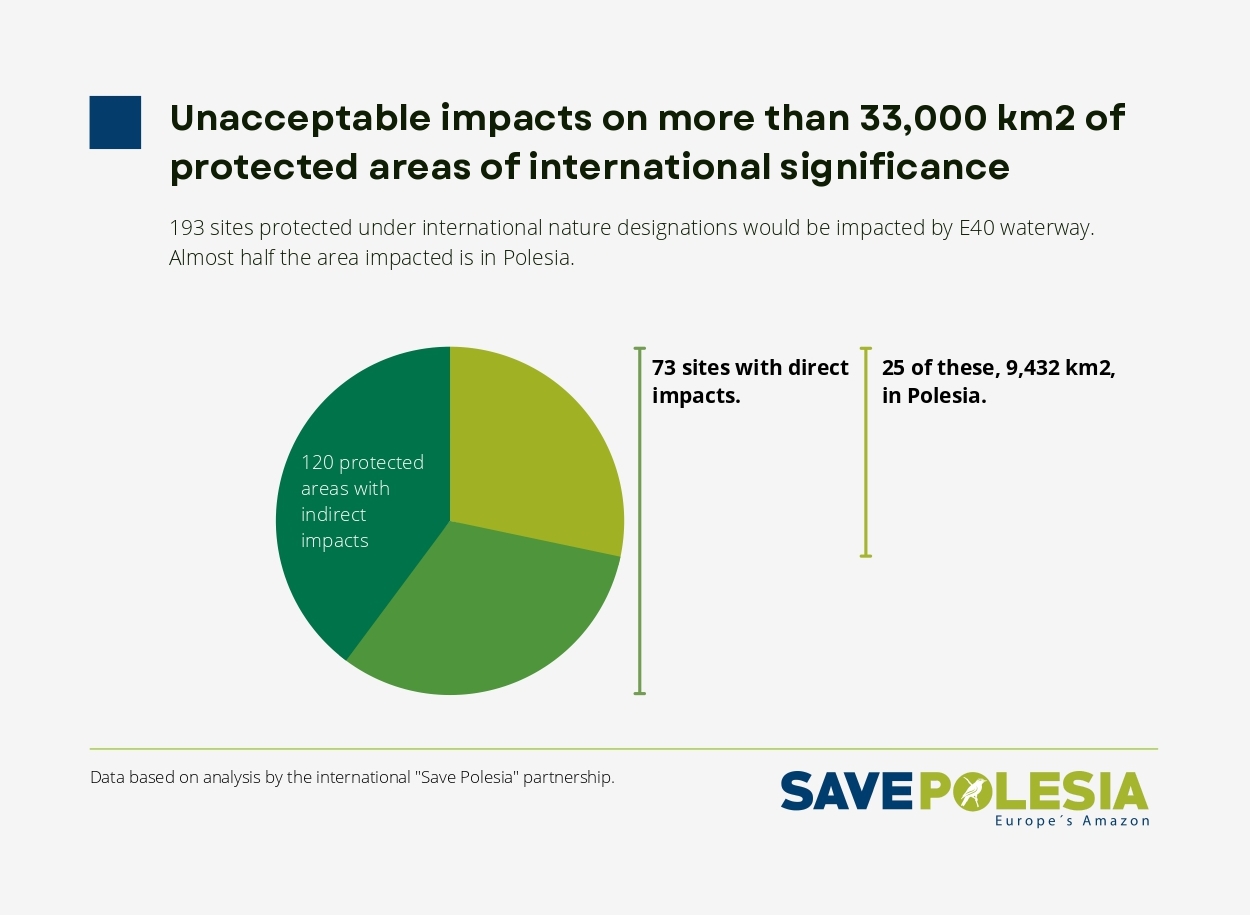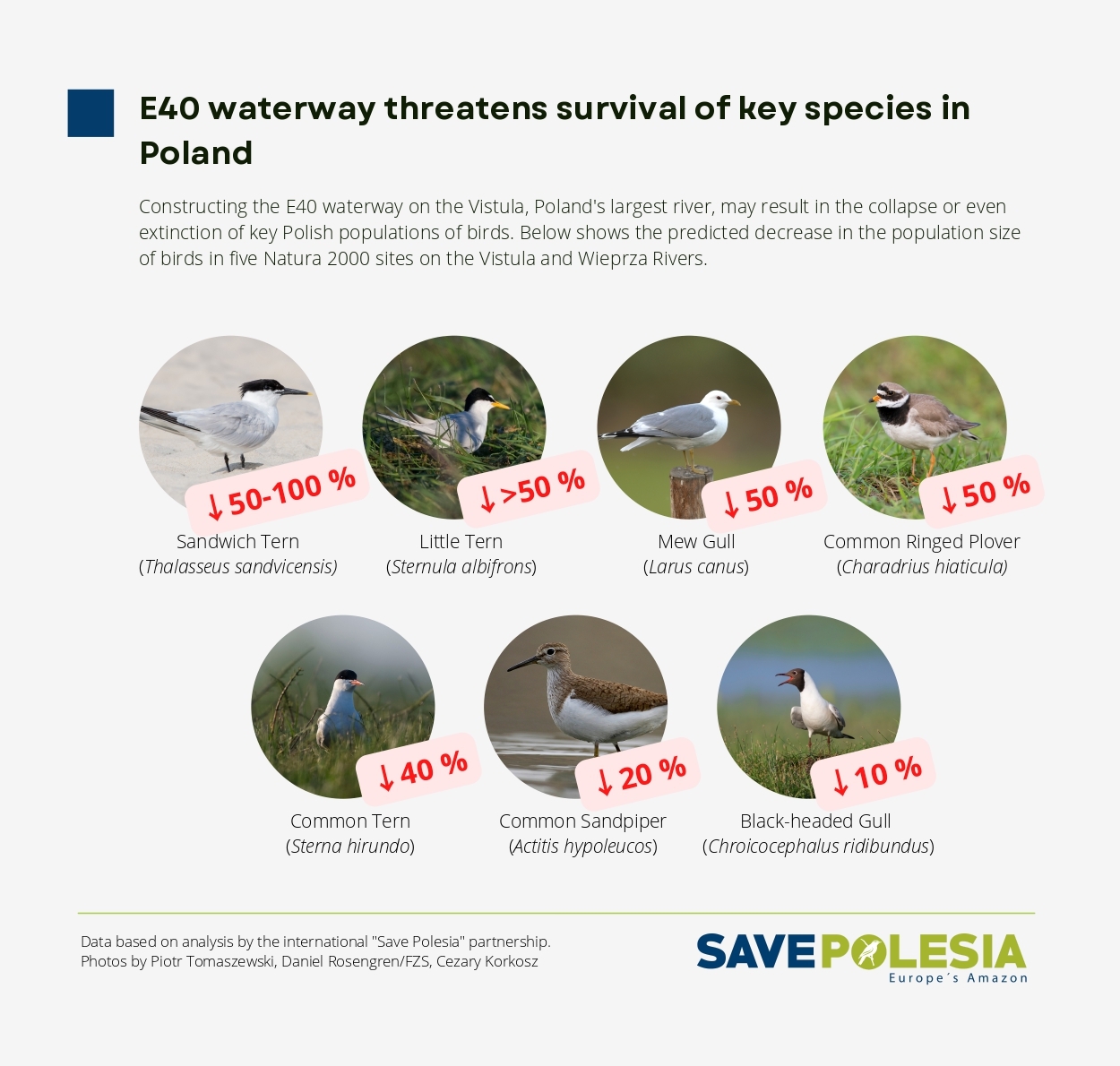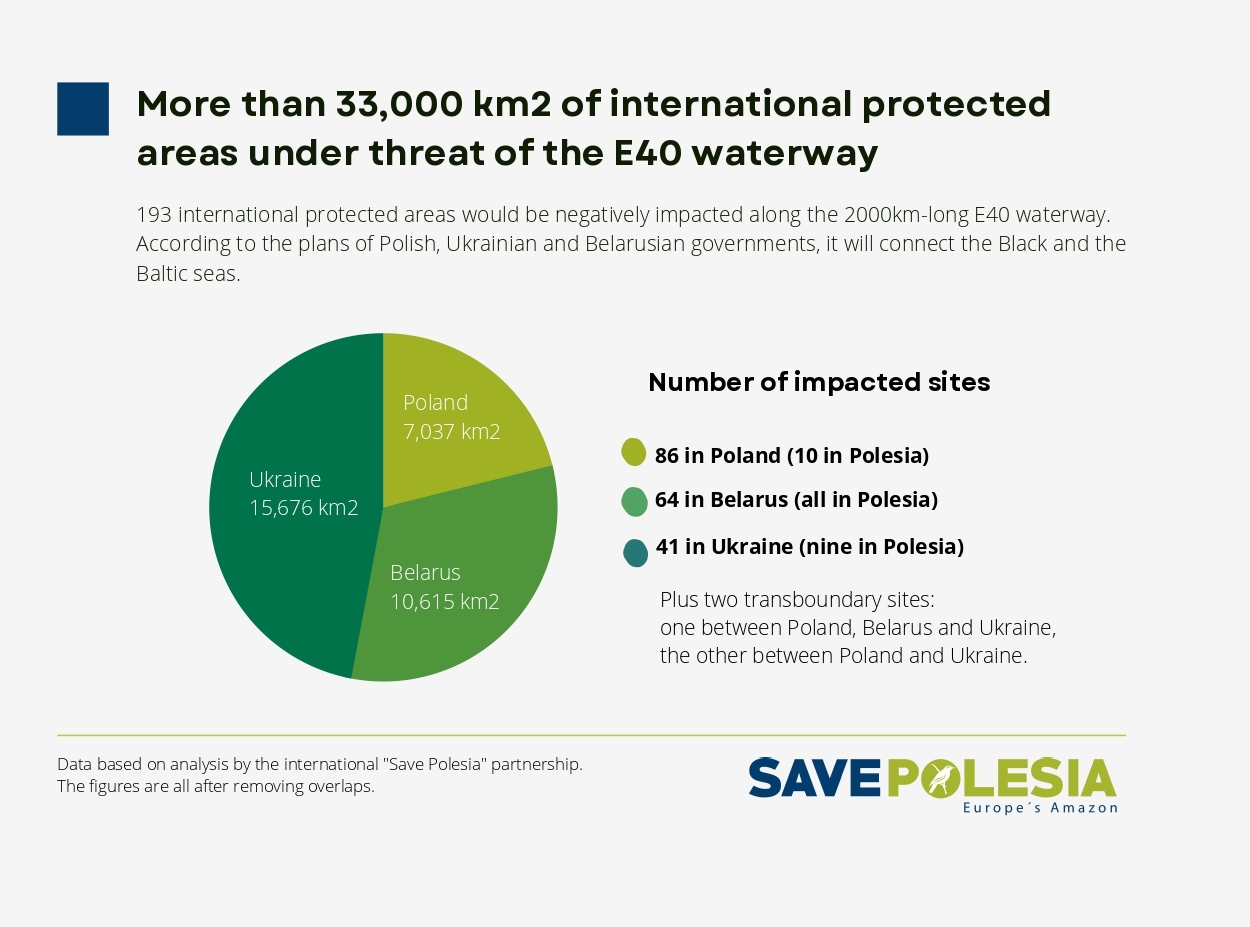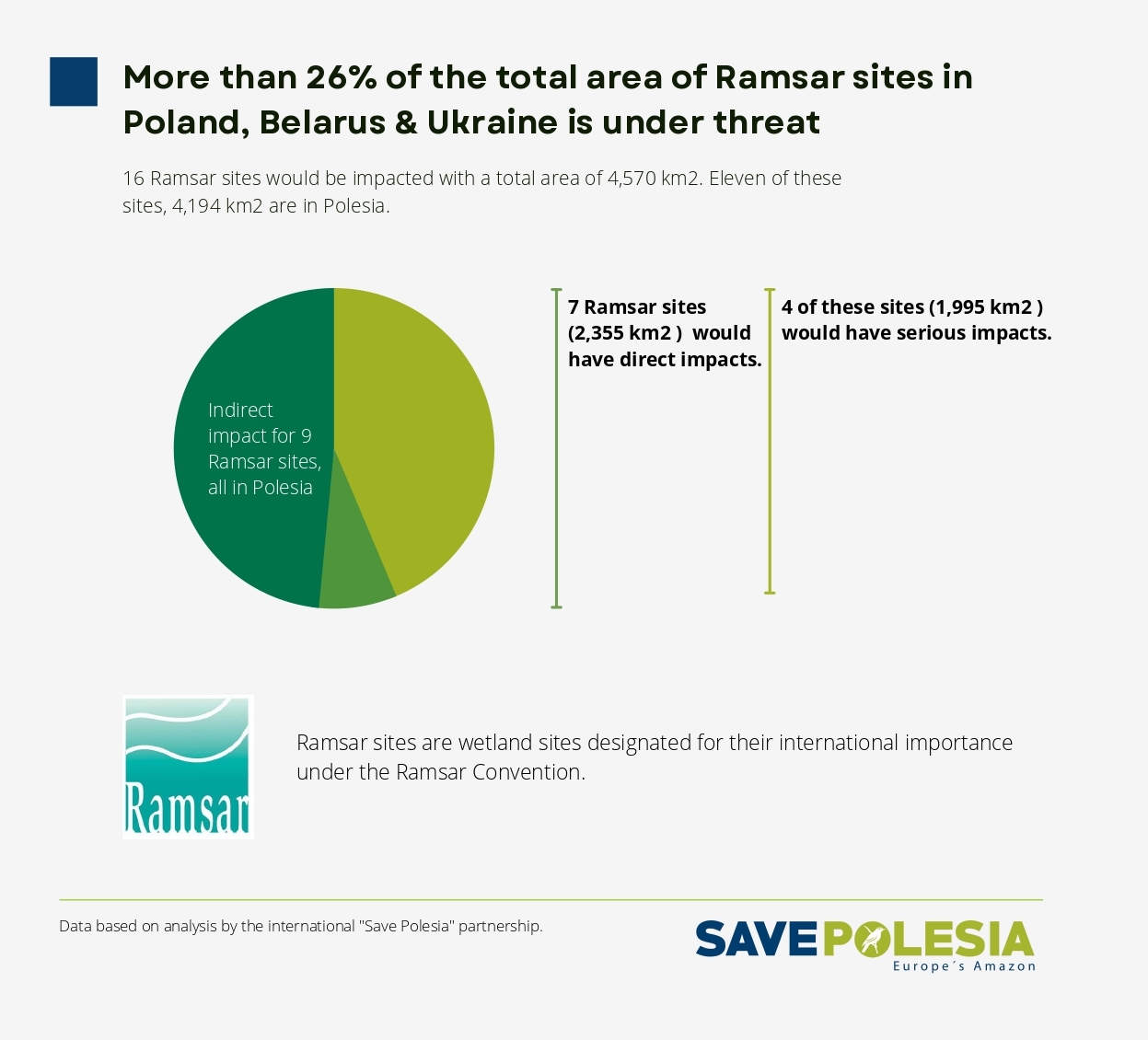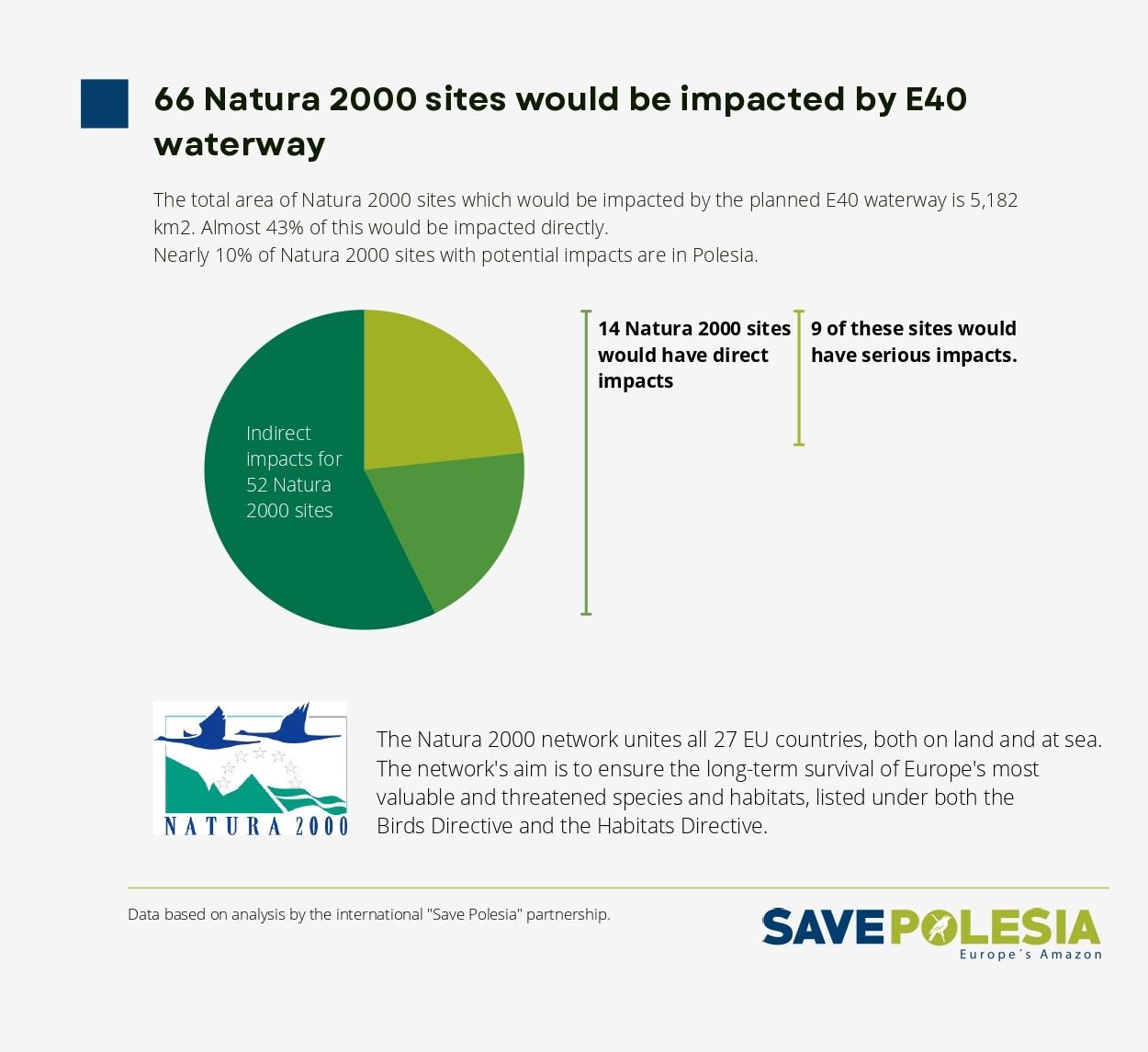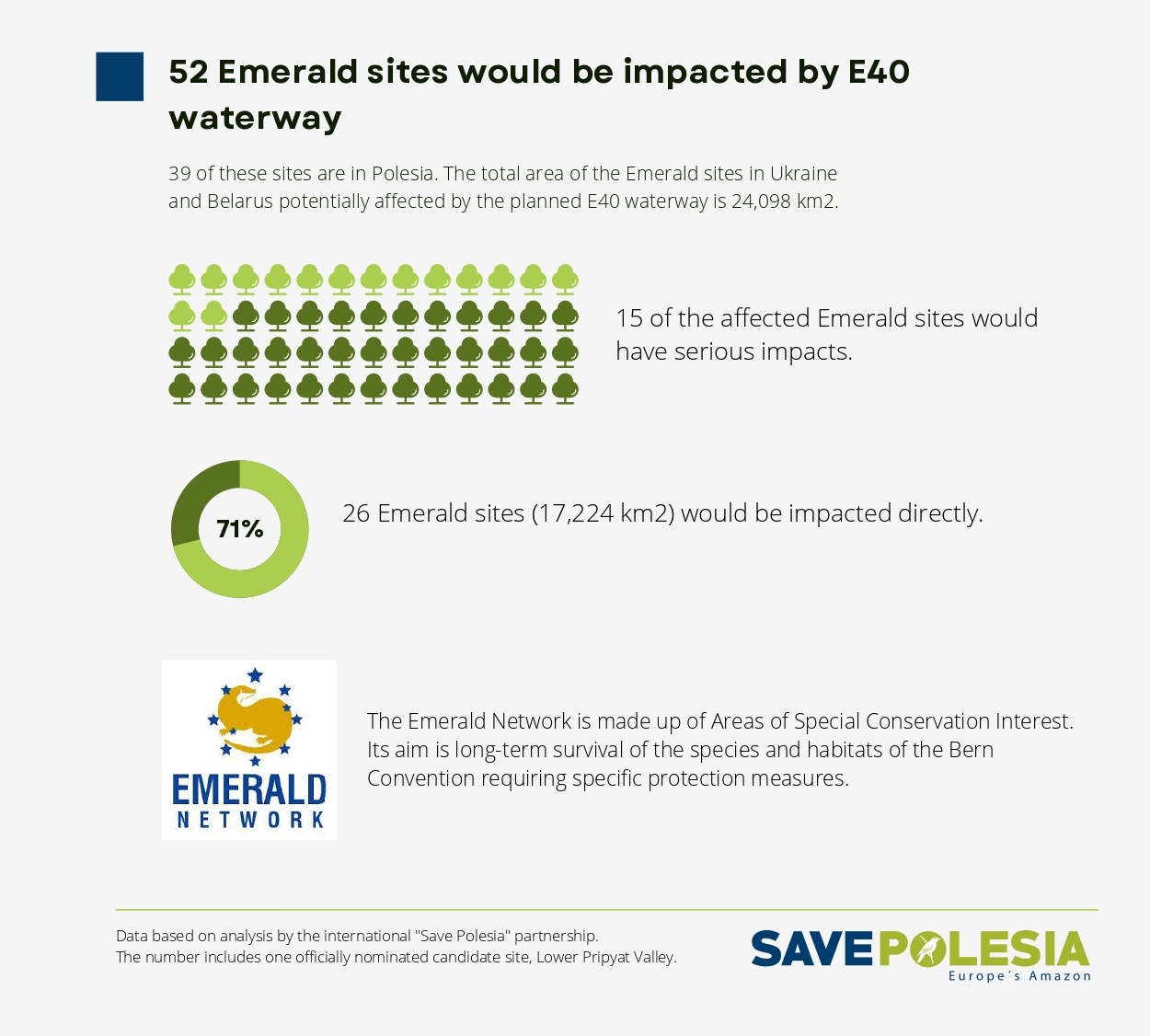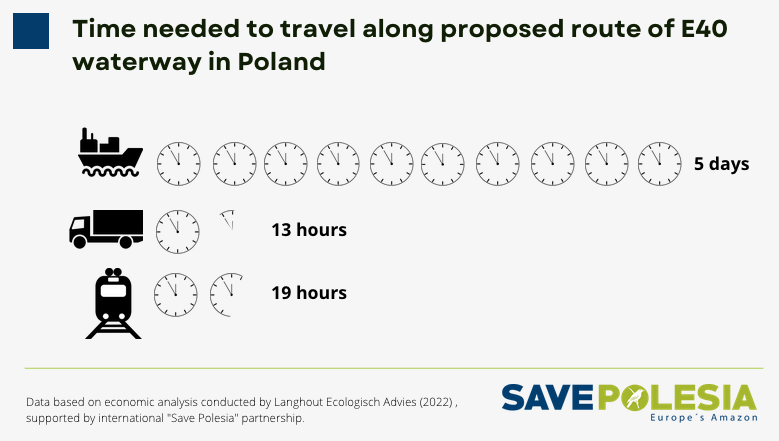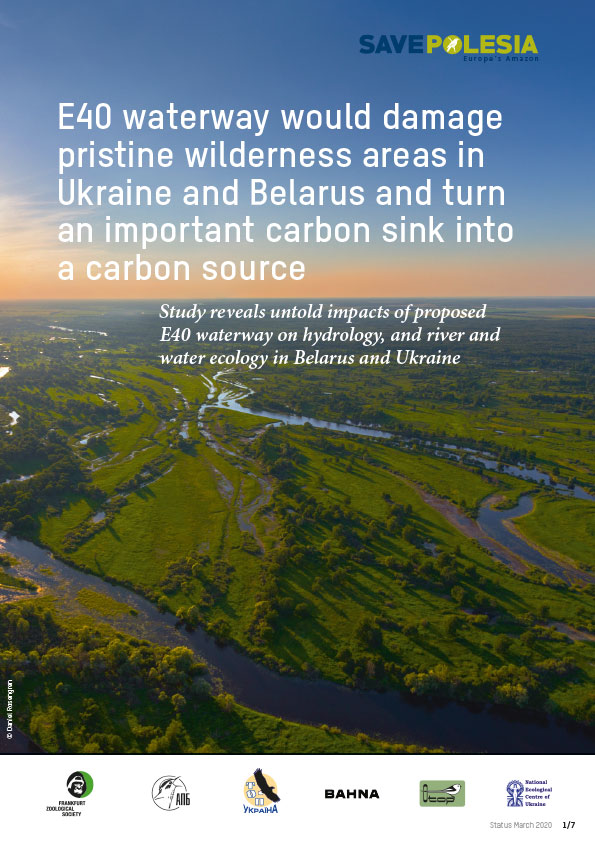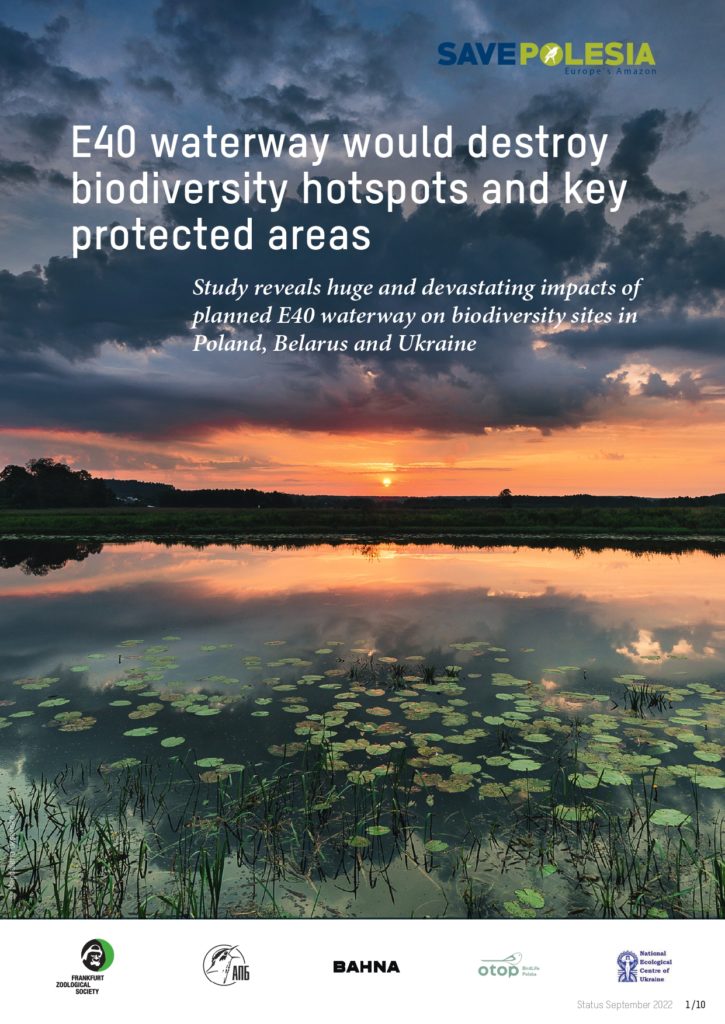Videos
Factsheets

About Polesia – A unique wilderness of global importance
Polesia is Europe’s largest wilderness area – a vital region for rare animals and plants, with a rich cultural heritage.
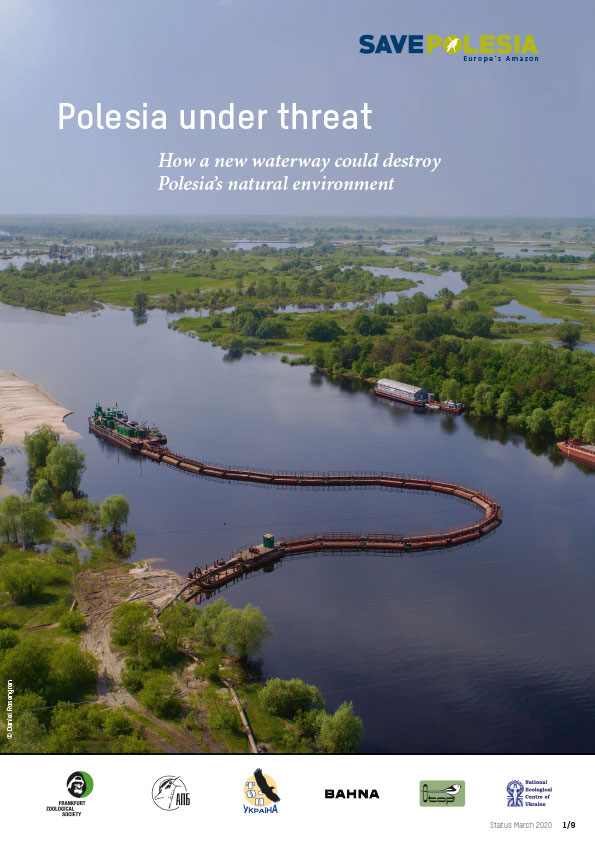
Polesia under threat – How a new waterway could destroy Polesia’s natural environment
A coalition of organisations and government ministries from Poland, Belarus, and Ukraine want to create a 2,000 km long navigable waterway connecting the Baltic and Black seas. Known as the E40 waterway, it would have devastating effects on Polesia’s nature, people, economies, and the global carbon balance.
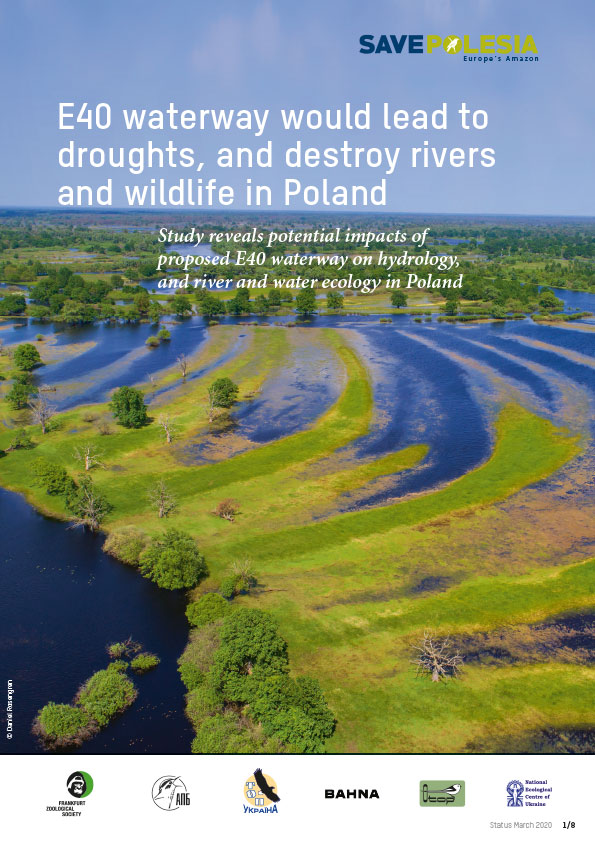
E40 waterway would lead to droughts, and destroy rivers and wildlife in Poland
Construction of the Polish section of the E40 waterway would have a massive impact on hydrology, severely reducing water available for agriculture, people, and the environment. Droughts could increase by more than 2.5 times.
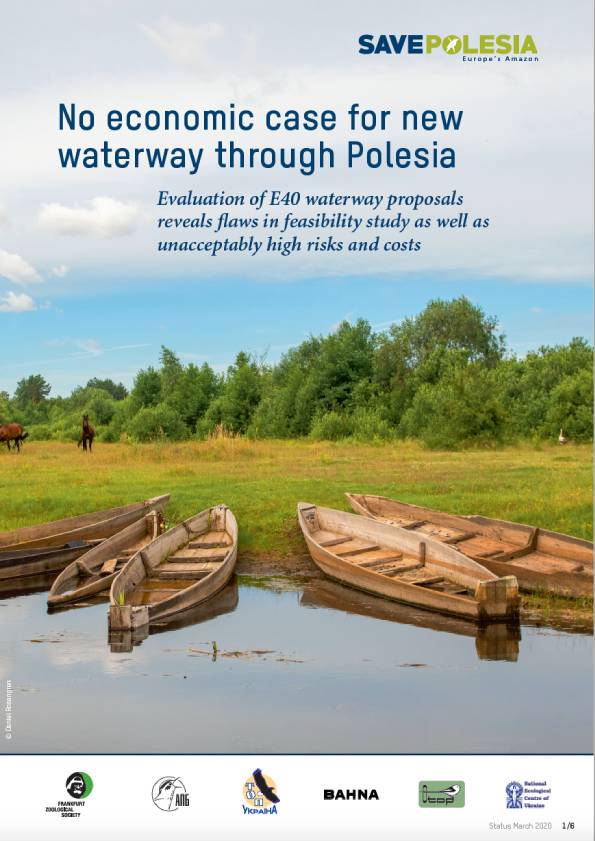
No economic case for new waterway through Polesia
Experts argue that the E40 waterway is not economically viable, is unlikely to be competitive with road and rail transport, and would result in severe environmental and social impacts – making it a high risk for investors.
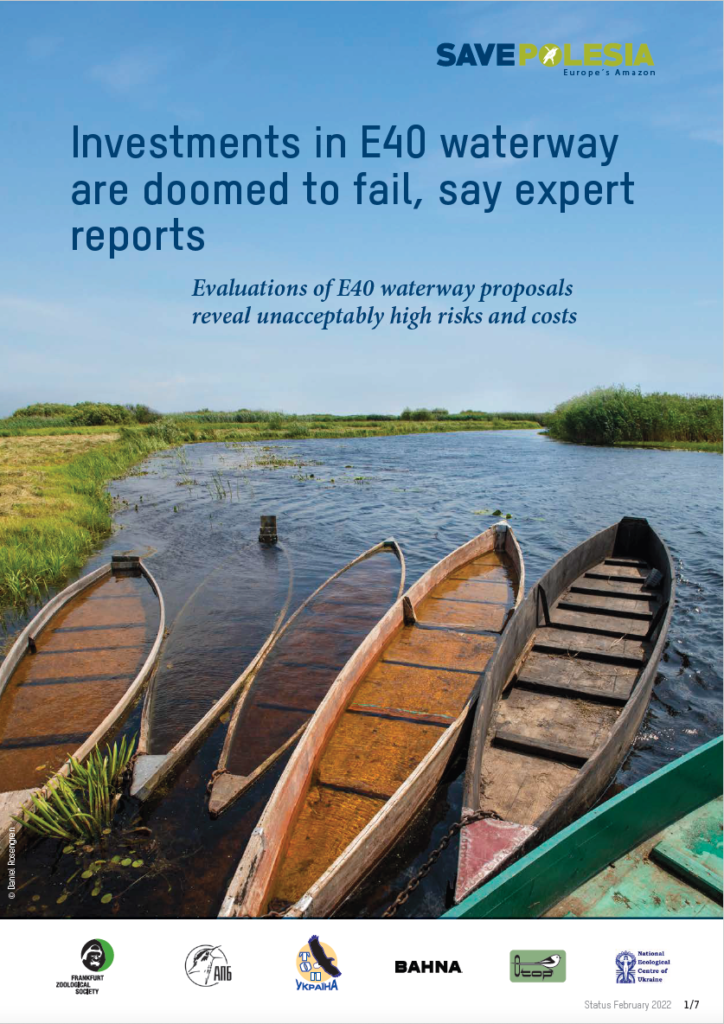
Investments in E40 waterway are doomed to fail
Expert economic reports reveal that the E40 waterway would operate at a severe economic loss in the long-term, even under optimistic scenarios. Associated costs and risks would be unacceptably high and the megaproject would compete with more sustainable forms of transport, such as rail.
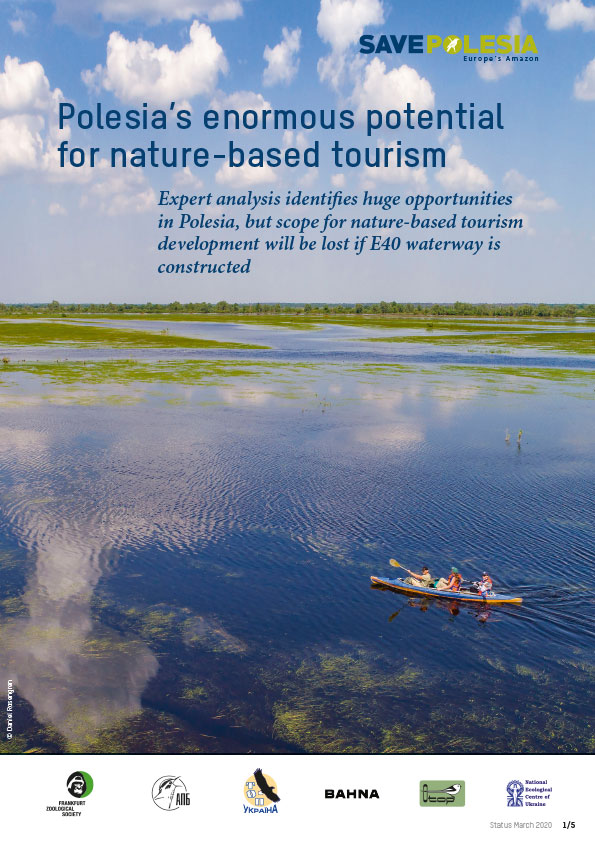
Polesia’s enormous potential for nature-based tourism
Nature-based tourism could provide a sustainable and profitable future for the region, but only if the E40 waterway project is stopped.
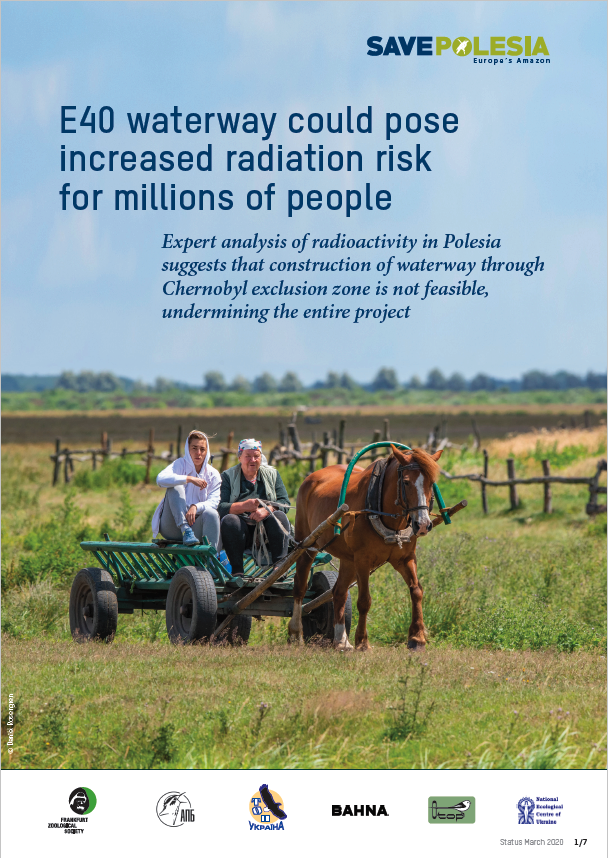
E40 waterway could pose increased radiation risk for millions of people
Constructing the E40 waterway through the Chernobyl exclusion zone could disturb and distribute radioactive sludge, threatening the lives of construction workers and the wider population. It would also contravene international recommendations.
Latest Factsheet
E40 waterway would destroy biodiversity hotspots and key protected areas
Study reveals huge and devastating impacts of planned E40 waterway on biodiversity sites in Poland, Belarus and Ukraine. The E40 inland waterway project should be abandoned on biodiversity grounds alone, experts say.
Publications
Save Polesia (2022) E40 waterway: impacts on protected areas in
Poland, Belarus and Ukraine. Frankfurt Zoological Society, Frankfurt, September 2022
The overall aim of the analysis was to highlight the high number of protected biodiversity areas likely to be impacted by the planned E40 waterway and hence the urgent need for further assessment of this issue before implementation of the project can be considered. It finds that in total 193 international and 139 national protected areas would be impacted by E40 waterway. Impacts will be significant at European level and completely at odds with the international and European biodiversity commitments. Based on this the experts conclude that the E40 inland waterway project should be abandoned on biodiversity grounds alone. Until this happens it is not surprising that experts recognise E40 waterway as one of the top emerging issues of concern for global biodiversity conservation.
Langhout Ecologisch Advies (2022) Cost-benefit analysis of the E40 waterway in Poland. Rotterdam, February 2022.
This study looks in detail at the economic implications of constructing the Polish section of the E40 waterway. It finds that even under optimistic scenarios this would operate at a severe economic loss in the long-term. The most likely route would end up losing taxpayers more than €6.5 billion. Based on these losses the author concludes that the entire E40 waterway is unviable. Authorities should instead invest in improvements of existing rail and road infrastructure and prioritize the development of modernized and sustainable electric railways.
Weston, P (2021) Polish court revives ‘highly flawed’ hydroelectric dam plan for Vistula River. The Guardian, December 2021.
An article published in The Guardian highlights the devastating impacts of a planned dam on the Vistula in Poland, the country’s largest river. The construction of the new dam next to the village of Siarzewo, about 200km north-west of Warsaw, would cost €1bn. Siarzewo dam is seen as key to the international E40 waterway, aiming to connect the Baltic and the Black Sea. The Polish government is moving forward despite warnings from scientists, non-governmental organizations and society as a whole.
Read online
Additional information
Weston, P (2020) Chernobyl fears resurface as river dredging begins in exclusion zone. The Guardian, December 2020.
An article released in the Guardian highlights the serious lack of proper risk assessments for the proposed E40 waterway. As yet, a strategic environmental assessment has not been undertaken for the 2,000km-long, mega-infrastructure project spanning Poland, Belarus and Ukraine. Despite this, dredging as part of its construction has already been launched in Ukraine’s Chernobyl exclusion zone. While in Poland the construction of the Siarzewo Dam on the Vistula – one of more than 13 planned as part of the E40 waterway construction – appears to be moving forward.
Weston, P (2020) The race to save Polesia, Europe’s secret Amazon. The Guardian, March 2020.
The Guardian article provides an overview of the proposed E40 waterway and its impacts. The waterway ‘has sparked fears of catastrophic biodiversity loss – and raised the spectre of Chernobyl’.
Association pour le Contrôle de la Radioactivité dans l’Ouest (ARCO) (2020) Chernobyl heritage and the E40 trans-Europe waterway. January 2020.
This study gives a first evaluation of the radiologic impact of the construction and maintenance of the E40 waterway, looking at radioelements cesium-137 and strontium-90. Radiological hotspots at risk if heavily contaminated sediments are disturbed are the Pripyat river floodplain within the Chernobyl exclusion zone, the Chernobyl cooling pond, and the Kyiv reservoir. The study reports that international requirements on the participation of the stakeholders and the general public in the decision making process have not been met. The study concludes that the construction of the E40 waterway is not feasible due to unacceptable risks to construction workers in the Chernobyl exclusion zone, the fact that the cooling pond and radioactive waste storage sites close to the Pripyat river have not been decommissioned, and because the International Atomic Energy Agency (IAEA) recommends leaving the contaminated sediments in the Kyiv reservoir in place, to avoid exposure of the population downstream.
Grygoruk M, Jabłońska E, Osuch P, Trandziuk P (2019) Analysis of selected possible impacts of potential E40 Inland Waterway development in Belarus and Ukraine on hydrological and environmental conditions of neighbouring rivers and wetlands. Warsaw, March 2019.
The main finding of this study is that the proposed E40 waterway in Belarus and Ukraine arries enormous risks to the environment. The Almany – a vast complex of untouched mires and bogs in southern Belarus – will be cut off from the Prypiat, on which it depends. Large habitat areas in the Pripyatsky National Park will be destroyed or degraded, and the groundwater level will drop, putting the peatlands at risk. On the basis of experience with shipping on other rivers in Europe we can expect the Prypiat ecosystem to be degraded. In particular, the mass killing of fish by waves and spread of invasive species are likely.
Ruukel, A (2019) European Amazonia – Nature-based tourism development scenario for Polesia. December 2019.
This study looks at the potential for nature-based tourism and identifies three potential groups of tourists that could be attracted to Polesia: ‘Silver tourists’ (50-70 years old); ‘young nature lovers’ (18-44 years old); and ‘green families’. The study concludes that that construction of E40 waterway would destroy the naturalness and authenticity of the region and undermine nature-based tourism potential. However, the report asserts that nature-based tourism could thrive if a ‘Polesia Tourism Network’ is developed together with a strong ‘destination brand’. It suggests Polesia should be regarded as the ‘European Amazon’. Financial support will be needed to turn Polesia into a successful nature tourism destination and potential support funding sources are identified.
Business Union of Entrepreneurs and Employers (2019) Economic Assessment of Reconstruction Plans for the Inland waterway E40. Minsk, February 2019.
This study by economists from the Kunyavsky Business Union of Entrepreneurs and Employers looks in detail at the economic analysis of the 2015 E40 waterway feasibility study. It finds that the feasibility study, which was carried out by the Maritime Institute in Gdansk, underestimates the costs of the E40 waterway by at least 900 million Euro in Belarus and 100 million Euro in Ukraine. It shows that shipping would only be competitive under the current tariff system for a few goods. The study casts significant doubts on claims that the E40 waterway will result in significant shift of goods away from road transport without subsidies, and future markets have not been identified. Furthermore the feasilibility study carried out by the Maritime Institute does not meet minimum international standards required for such studies.
Van Essen H. et al (2019) Handbook on the External Costs of Transport – version 2019. CE Delft, INFRAS, TRT and RICARDO. Delft, January 2019.
This is the go-to handbook in terms of comparing average and total costs of different transport modes in Europe. It compares the external costs of passenger and freight transport, including road, rail, inland waterway, maritime, and aviation transport. The handbook quantifies external costs – the costs to society – arising from accidents, air pollution, climate change, noise congestion, well-to-tank and habitat damage. The estimated total costs to society in the European Union are more than 820 billion Euro.
Grygoruk M, Jabłońska E, Osuch P, Trandziuk P (2018) Analysis of selected possible impacts of potential E40 International Waterway development in Poland on hydrological and environmental conditions of neighbouring rivers and wetlands – the section between Polish-Belarusian border and Vistula River. Warsaw, December 2018.
The study shows that the proposed E40 waterway between Warsaw and Terespol will damage water resources in Eastern Poland. The channel will need a large volume of water to be filled, and requires pumping water uphill. The study assesses three scenarios, or variants. Variant one will do serious damage to the Bug river, with the frequencies of extreme low water levels in the Bug projected to increase two to threefold. Variants two and three will deplete the water resources of four smaller rivers and affect 650 km2 of peatland in the catchment of these rivers. The creation of E40 waterway in any variant may lead to violation of Water Framework Directive.
Photos
A selection of press photos is available under this link. Copyright information is included in image captions.
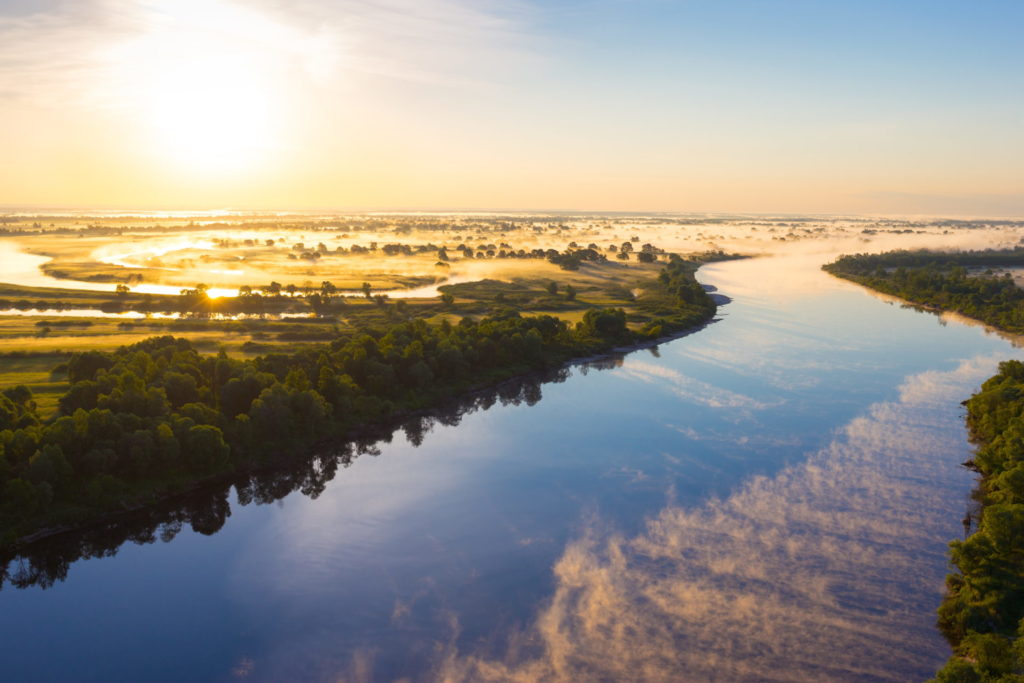

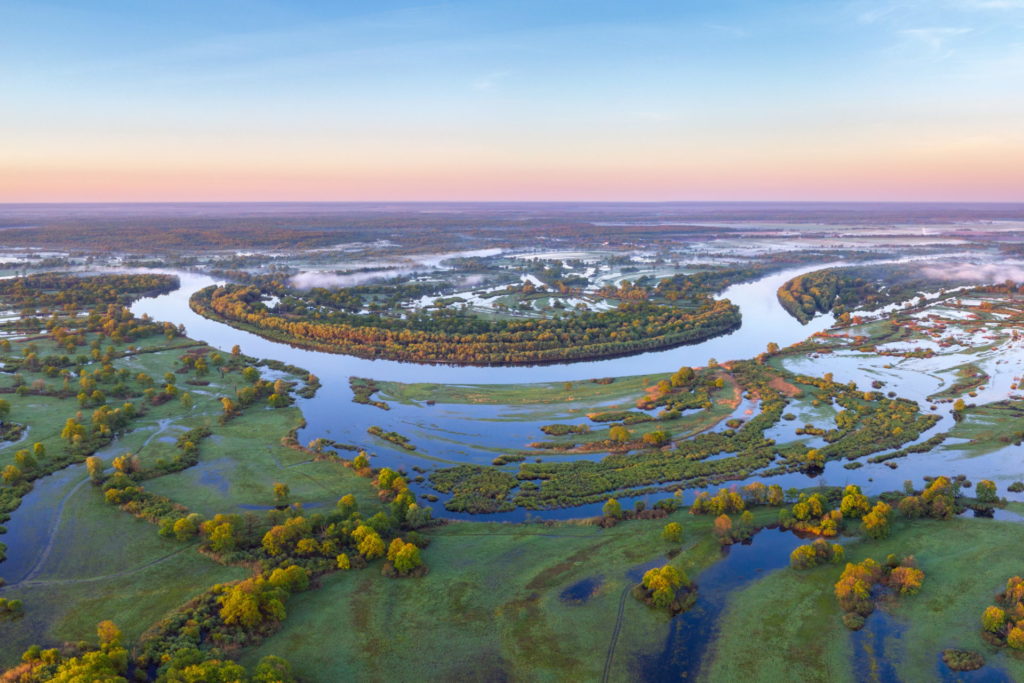
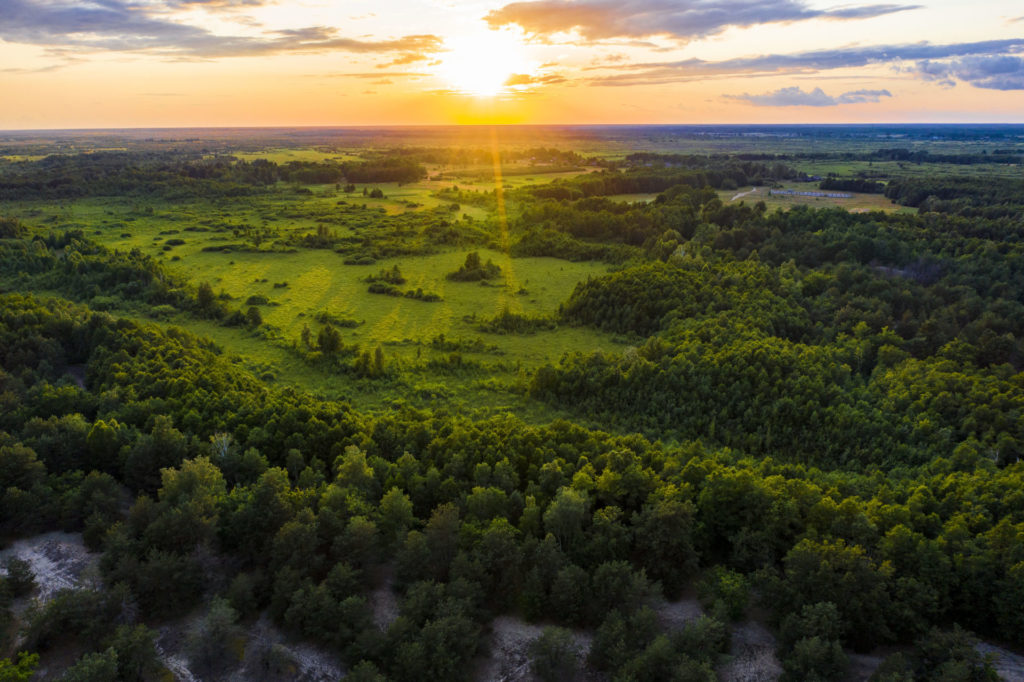


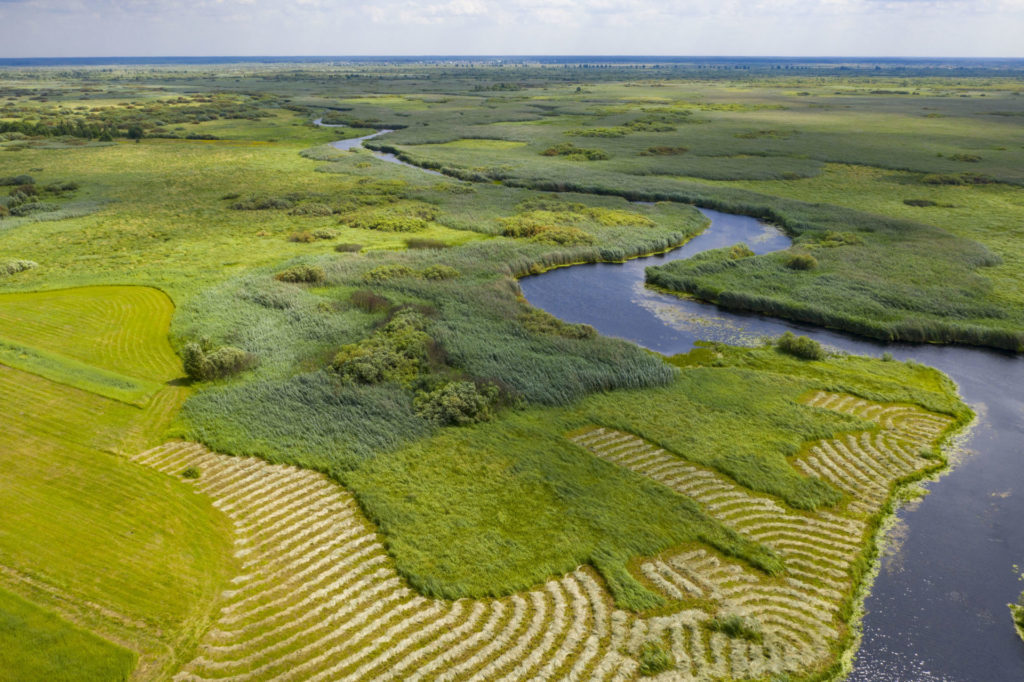
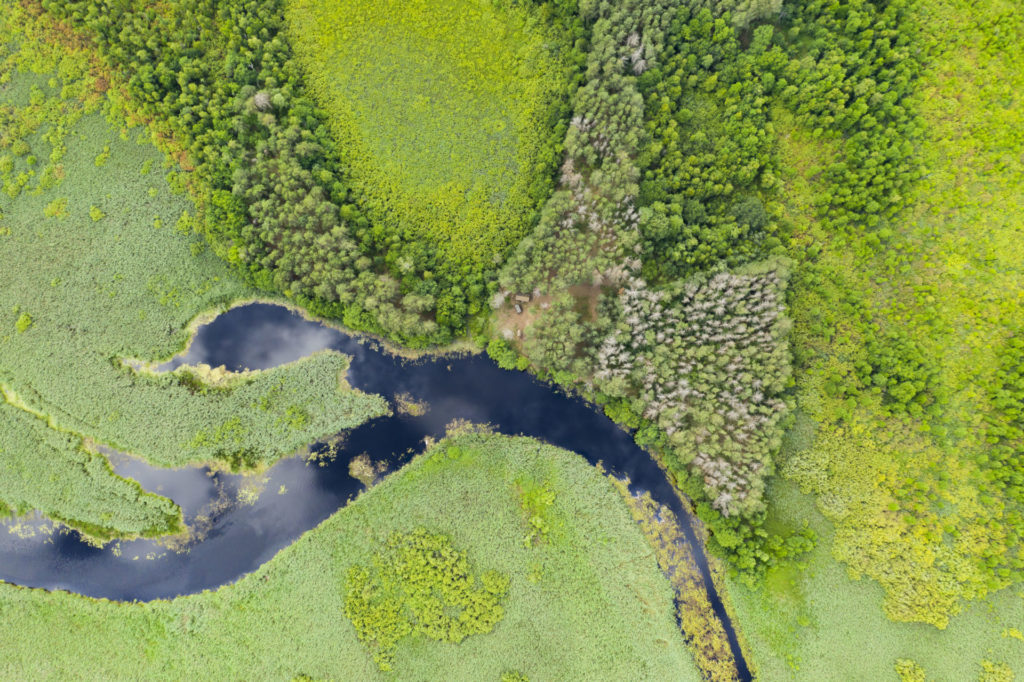
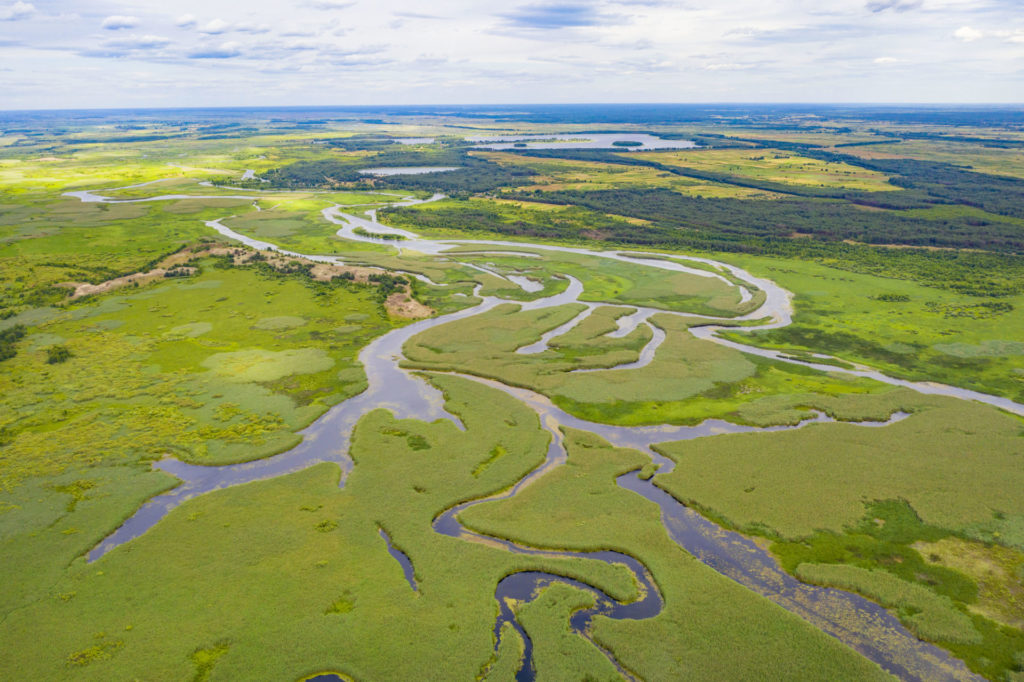
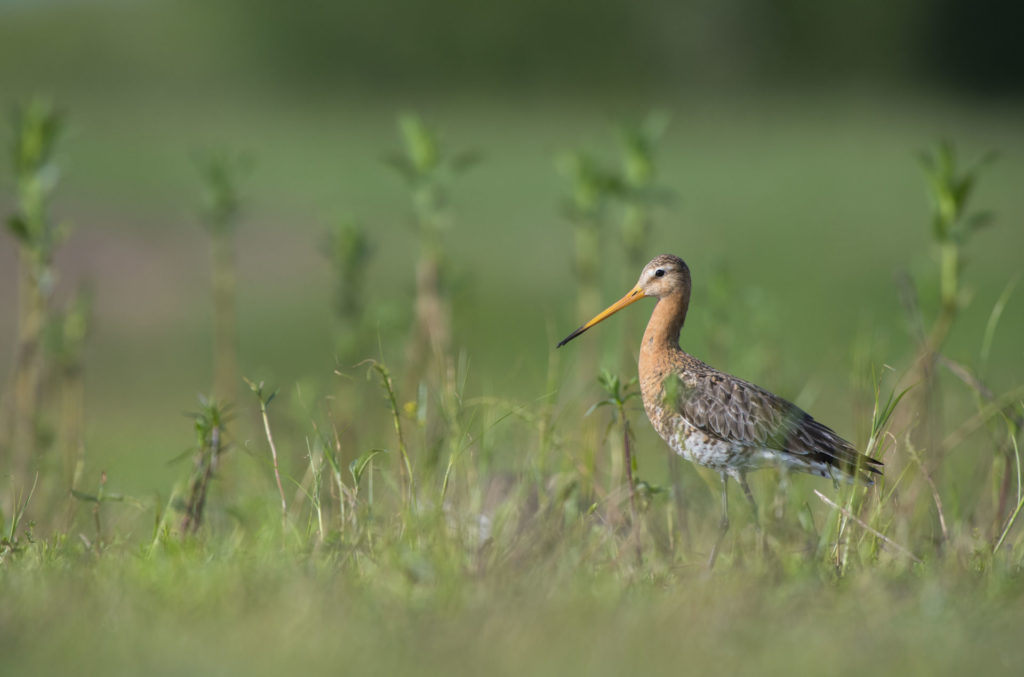
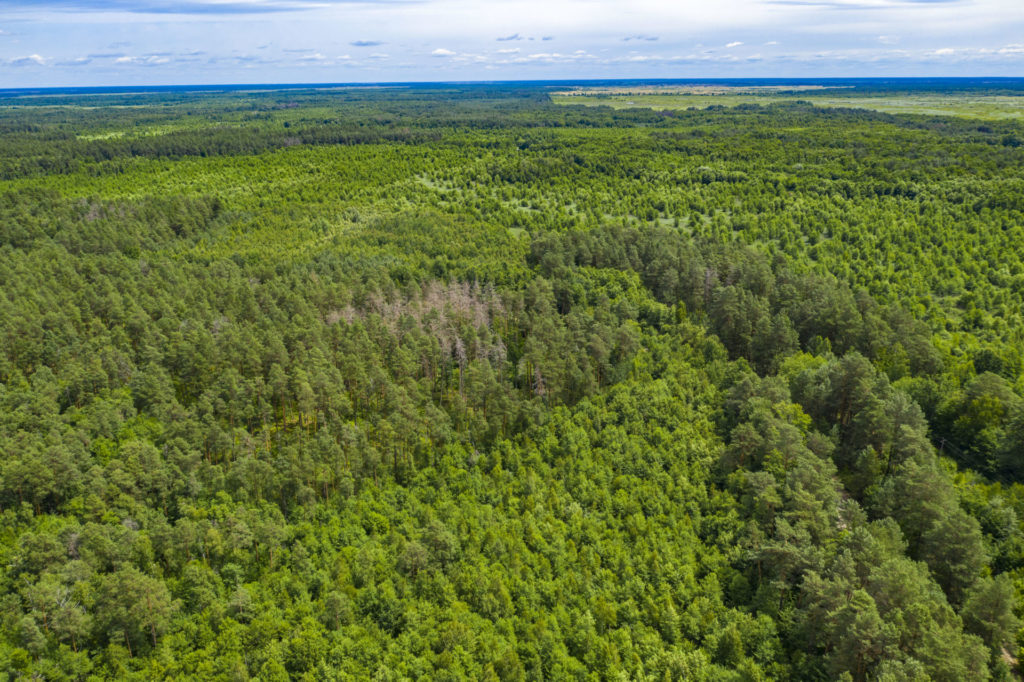
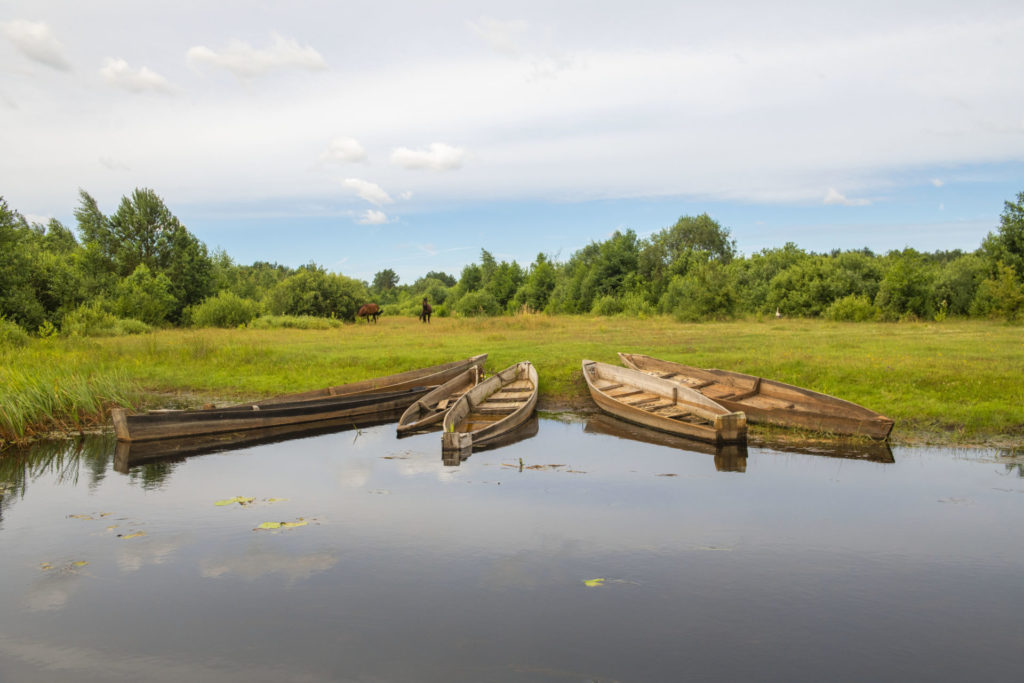
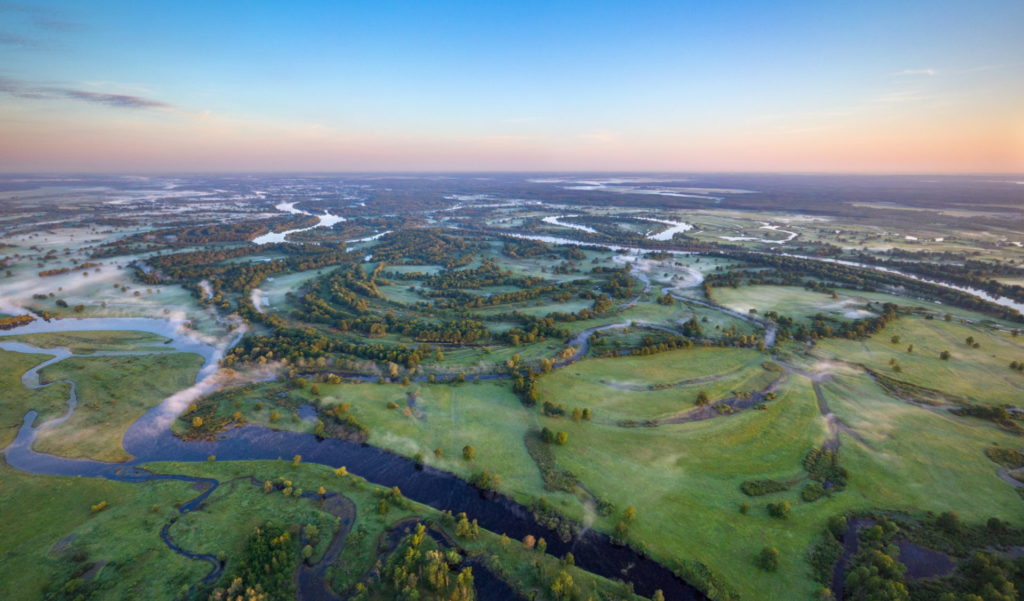


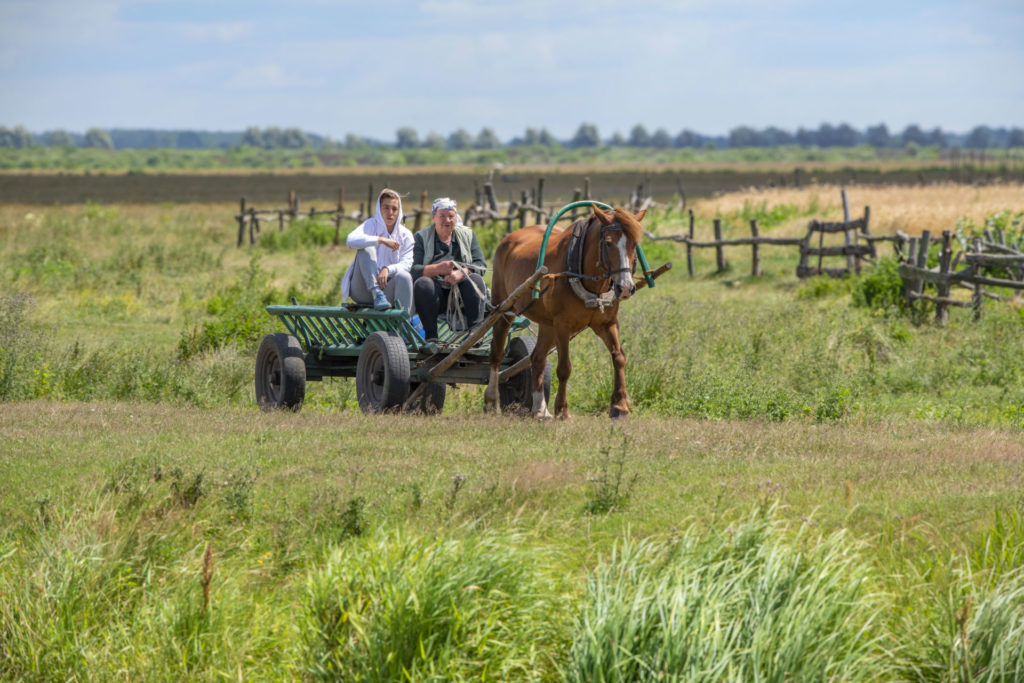
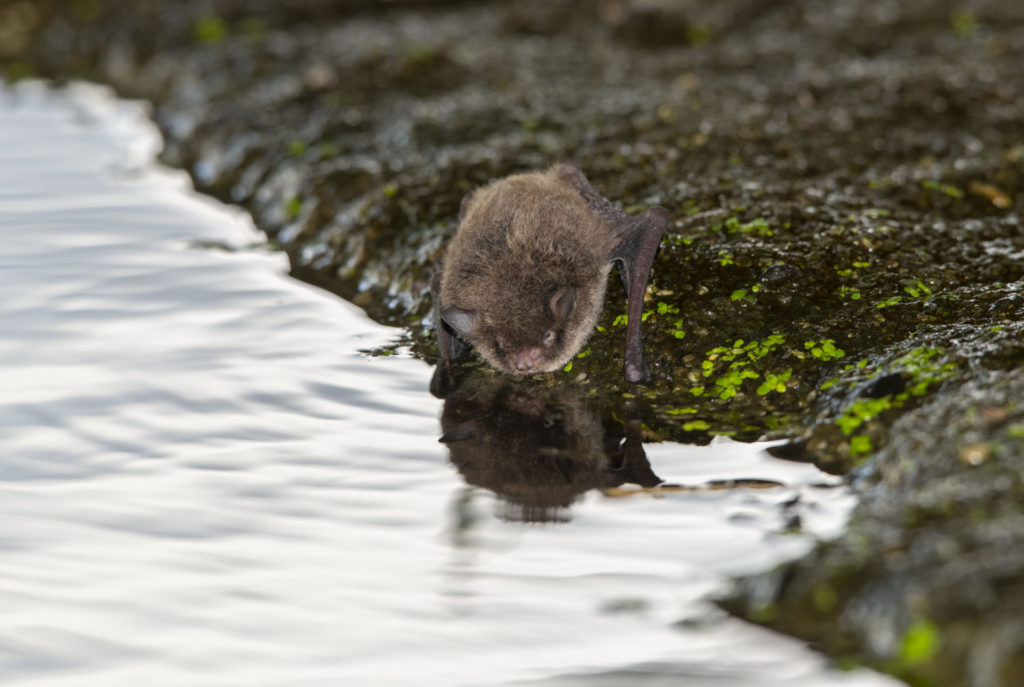
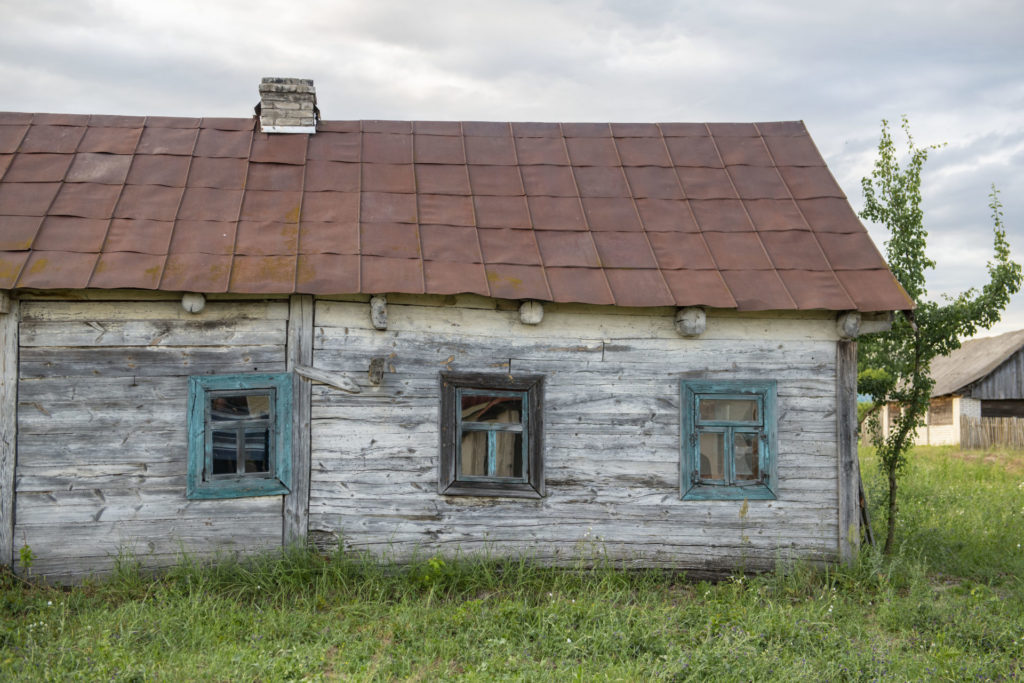

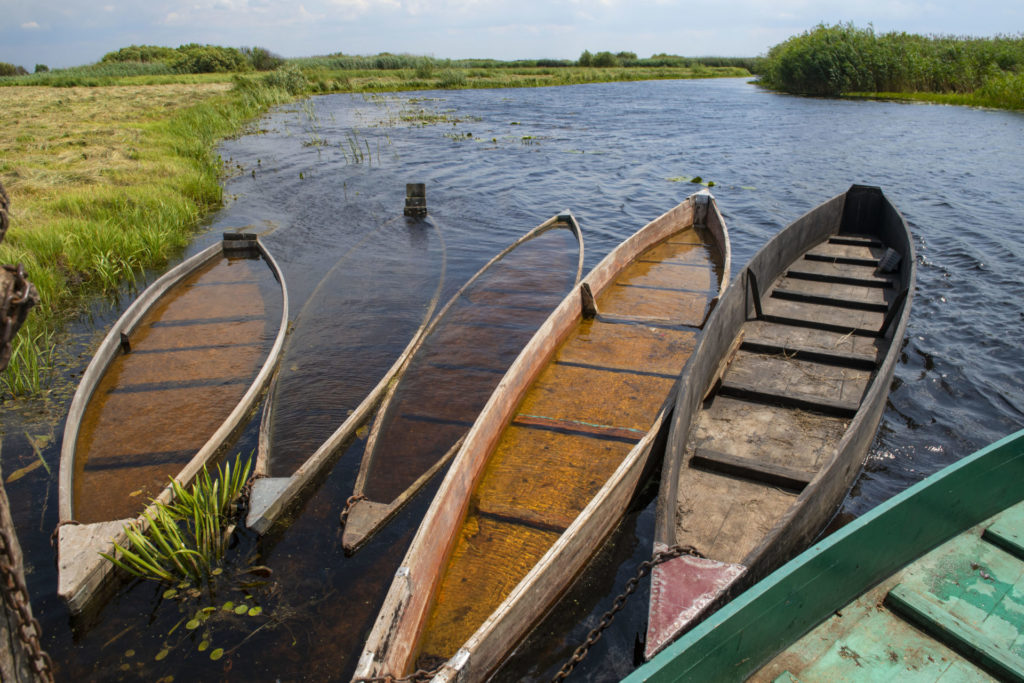


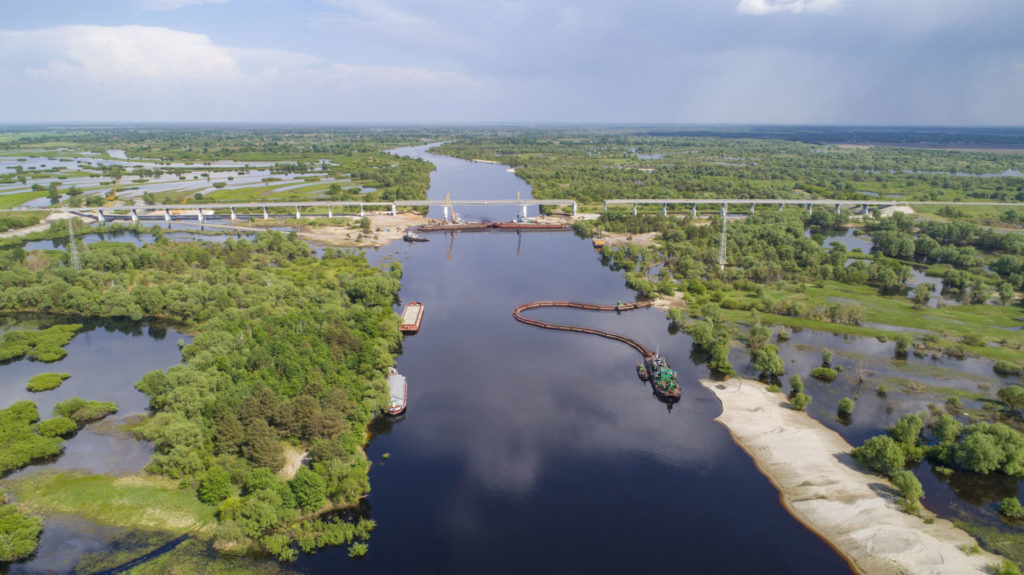
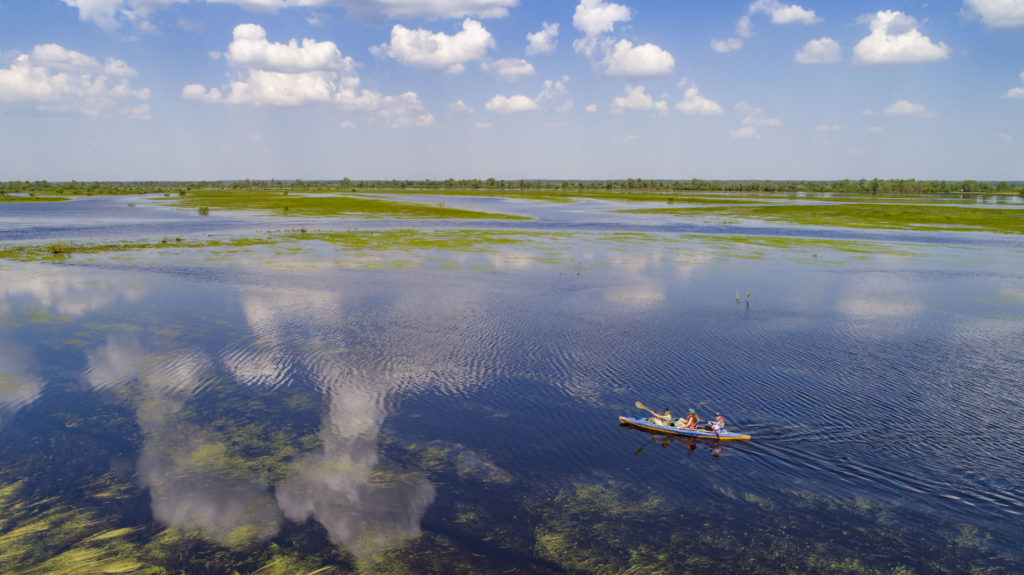
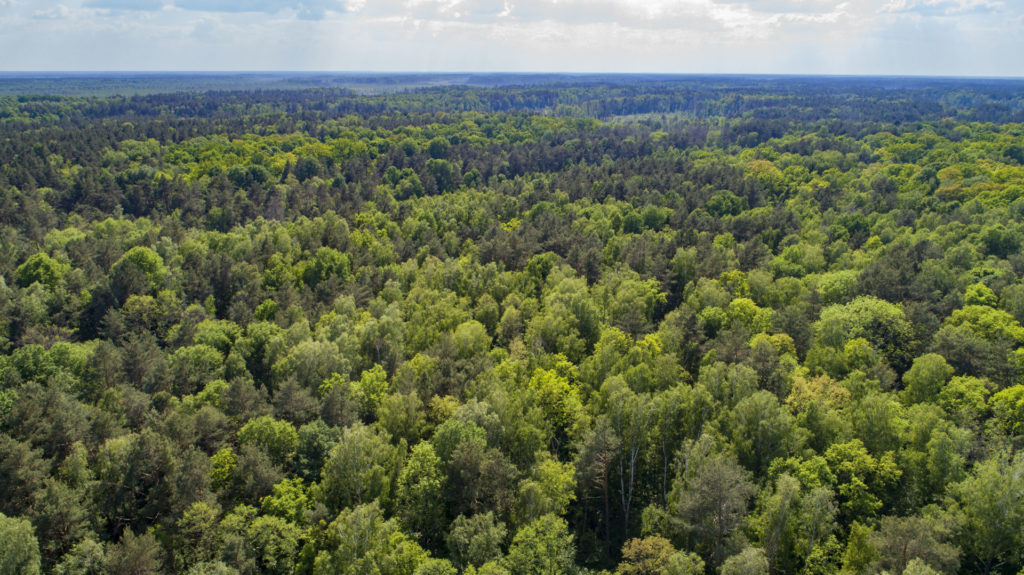
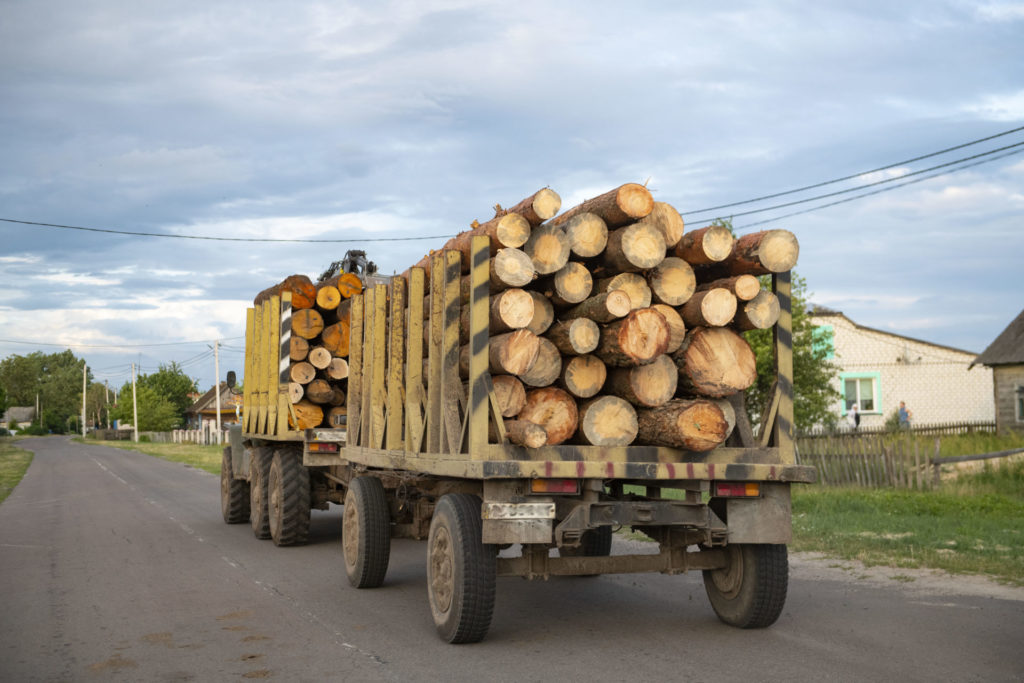
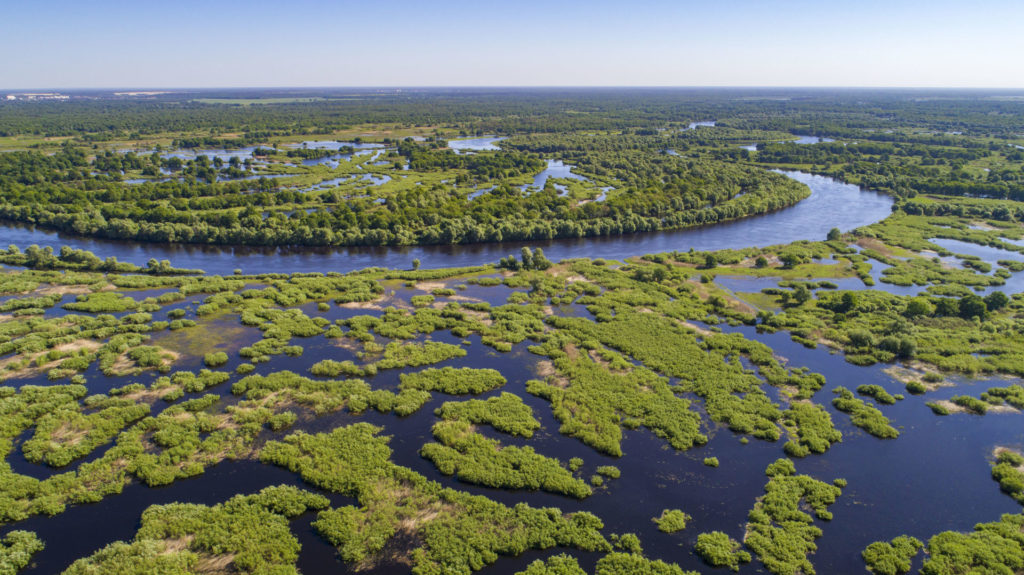
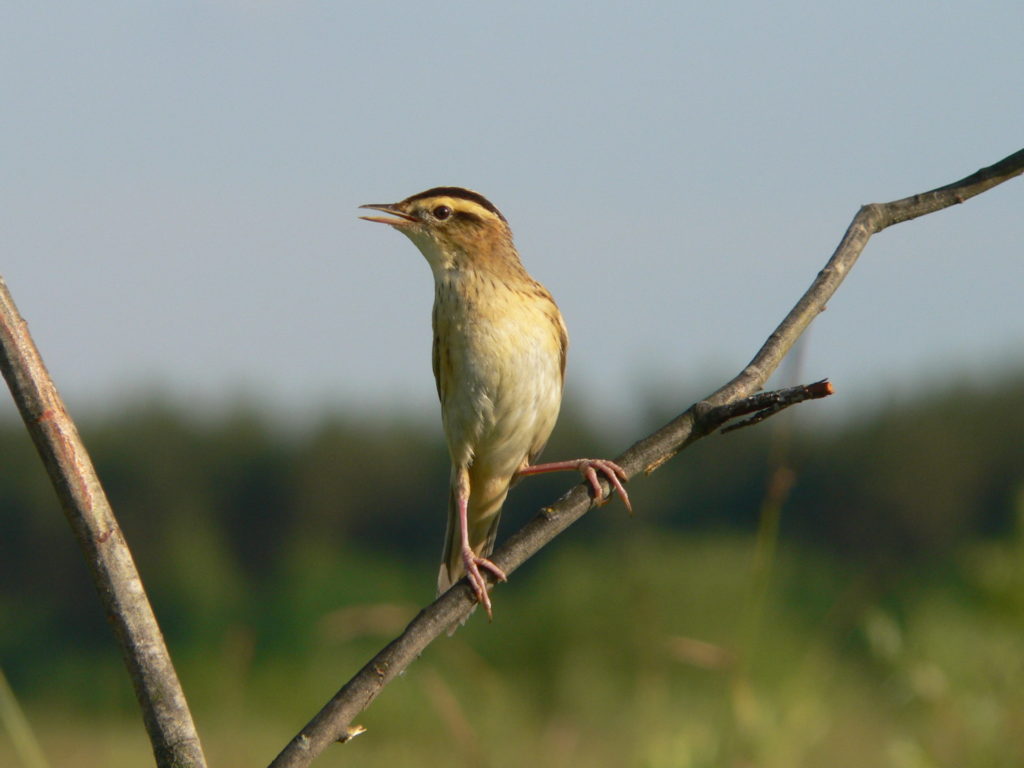
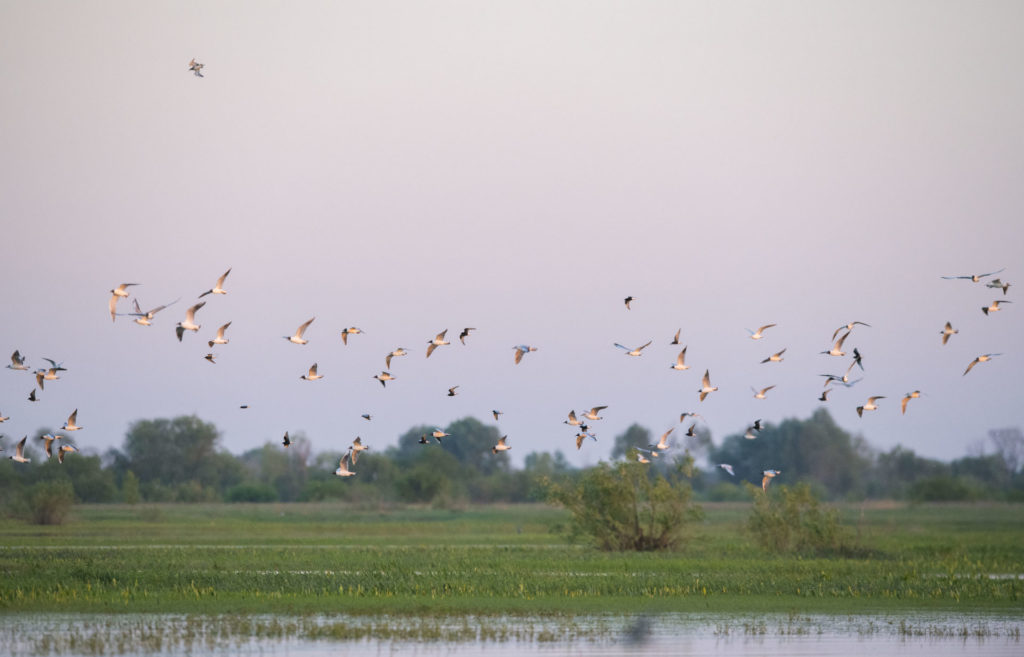

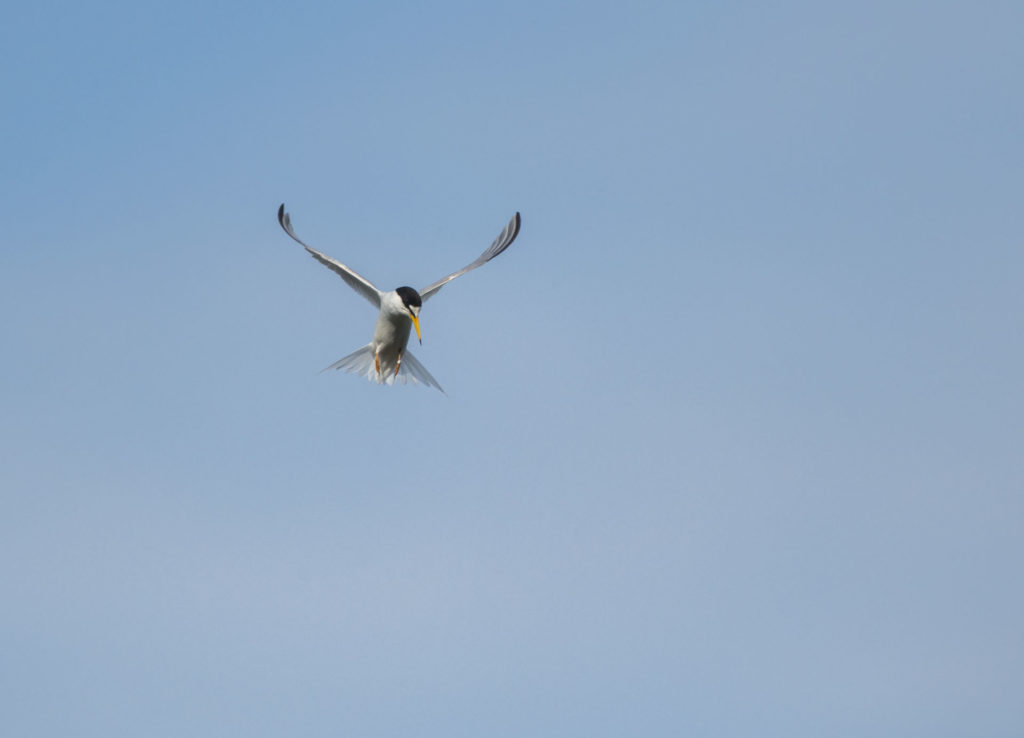
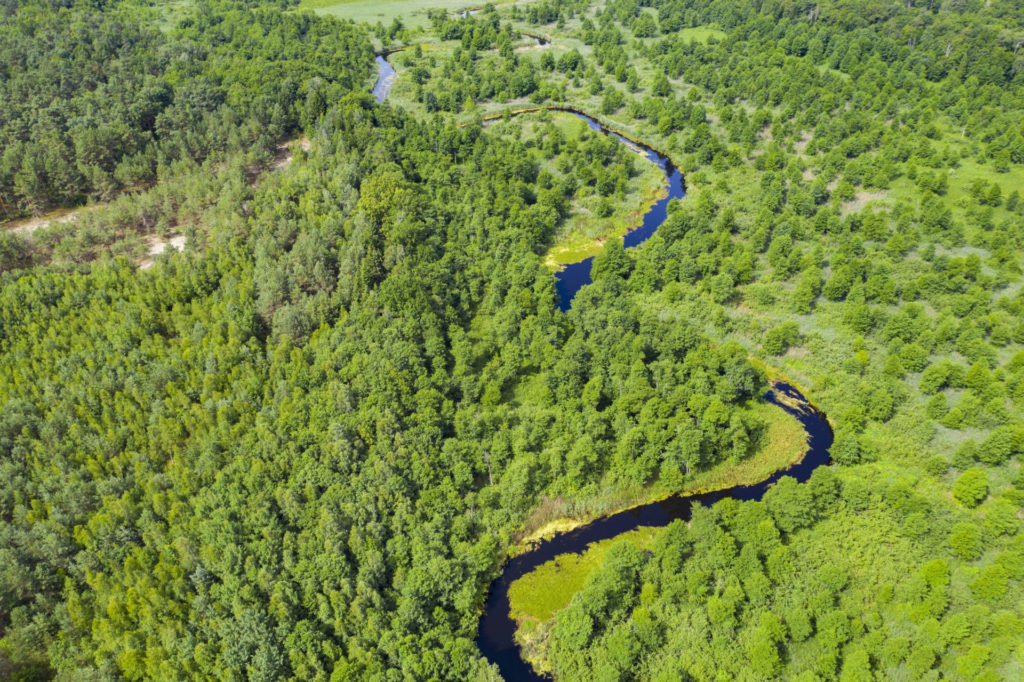
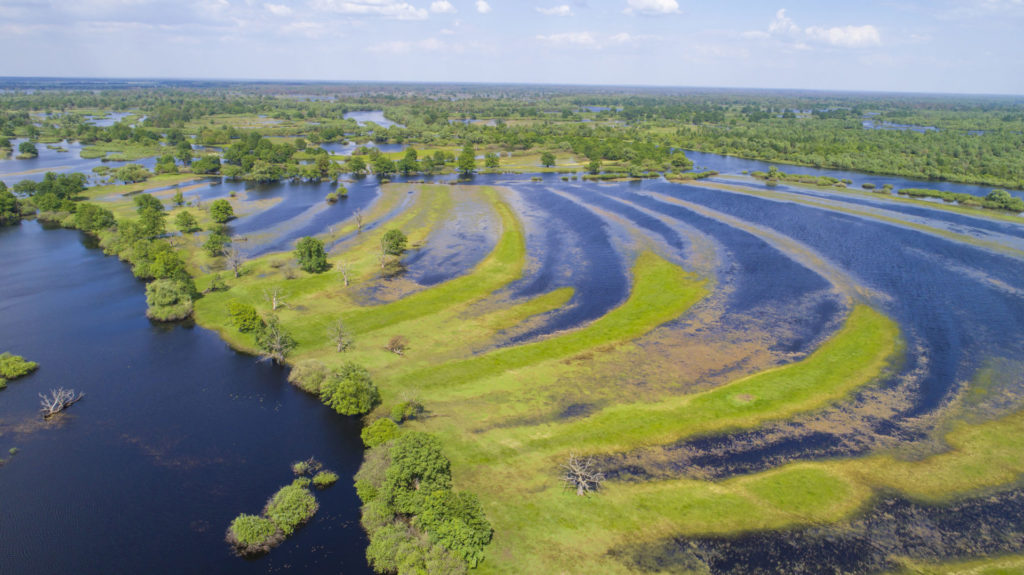

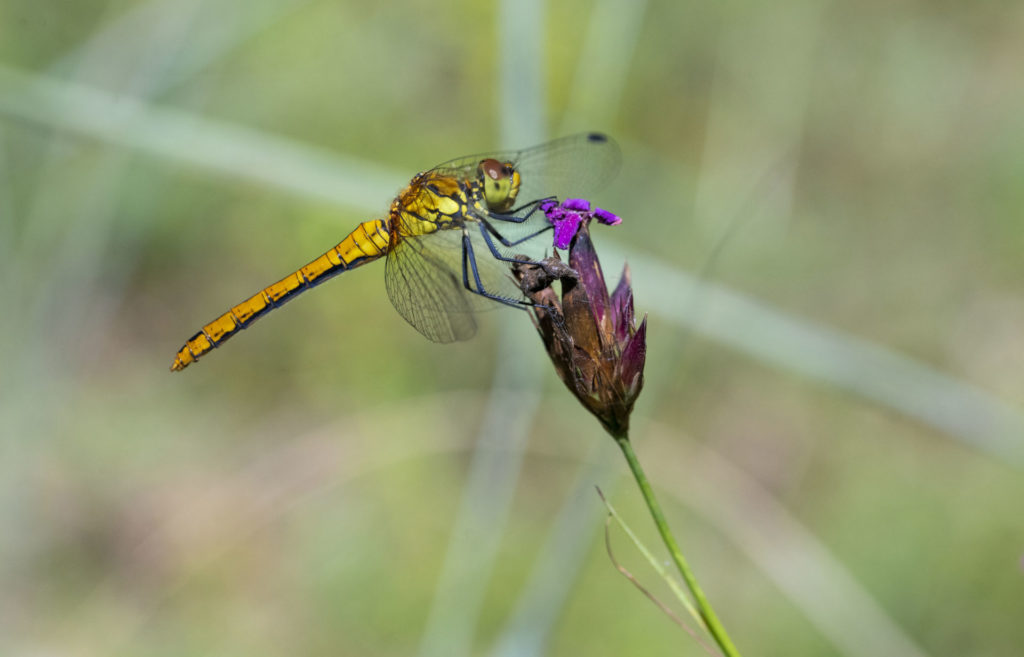
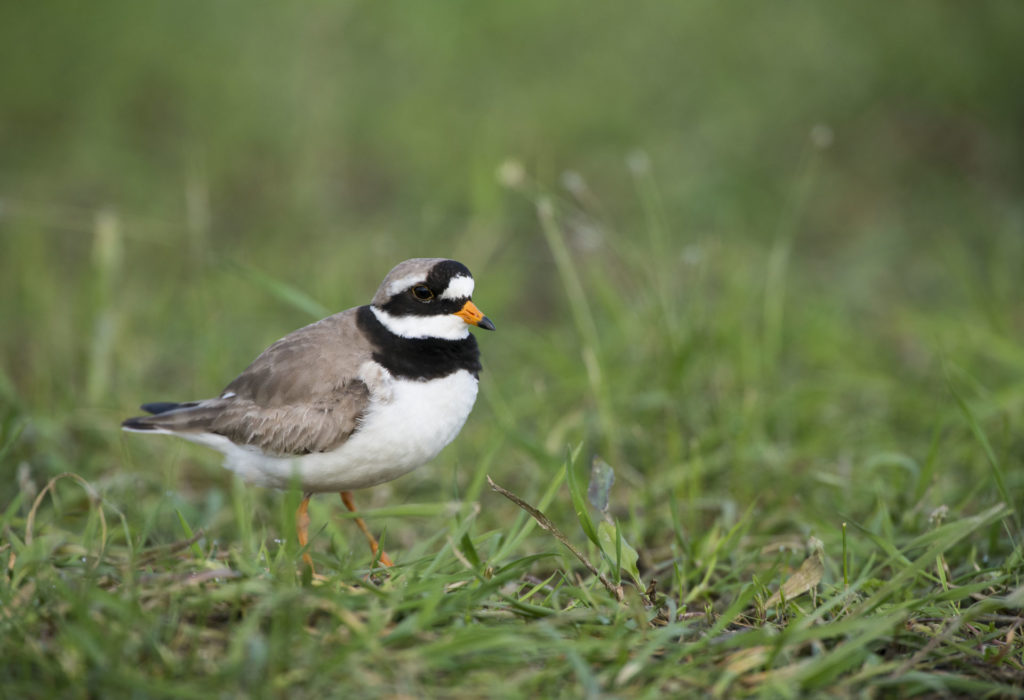
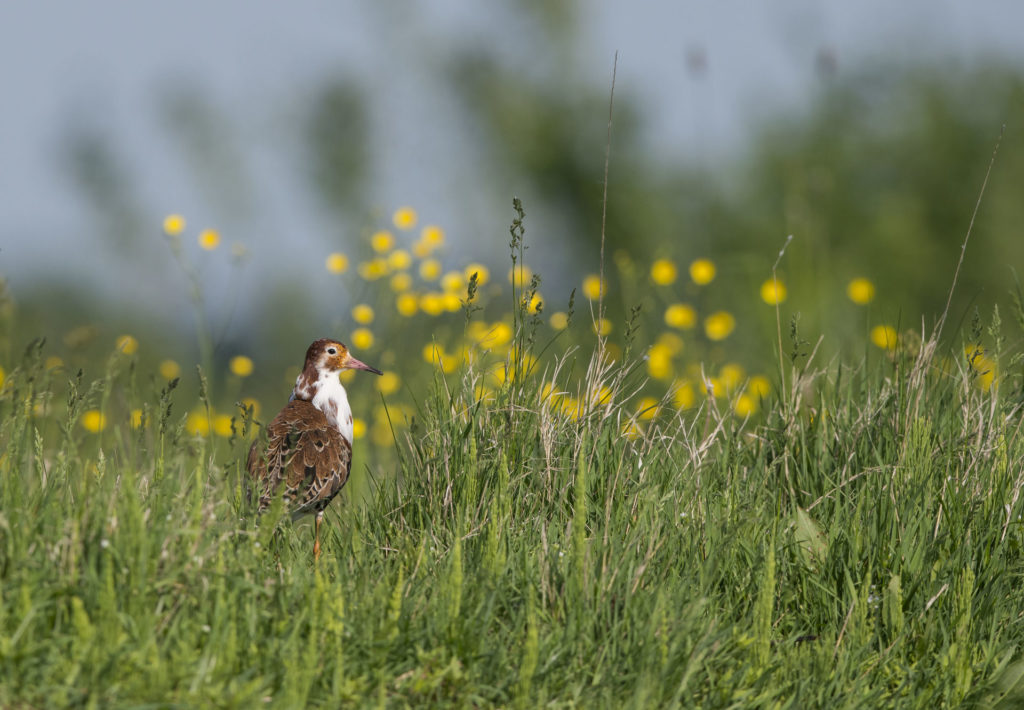

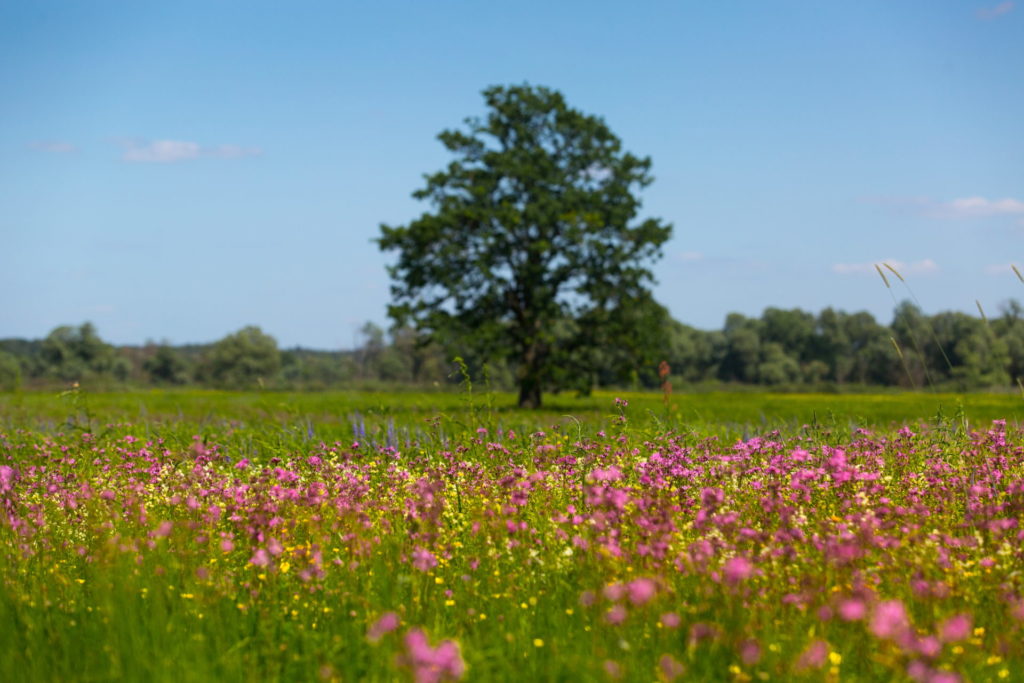
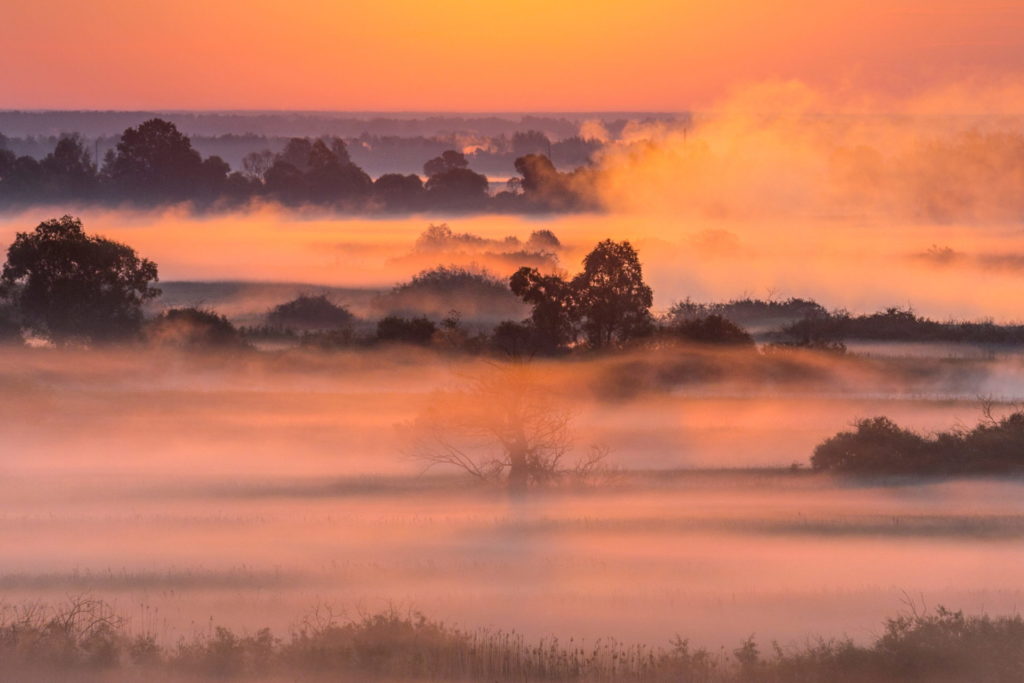
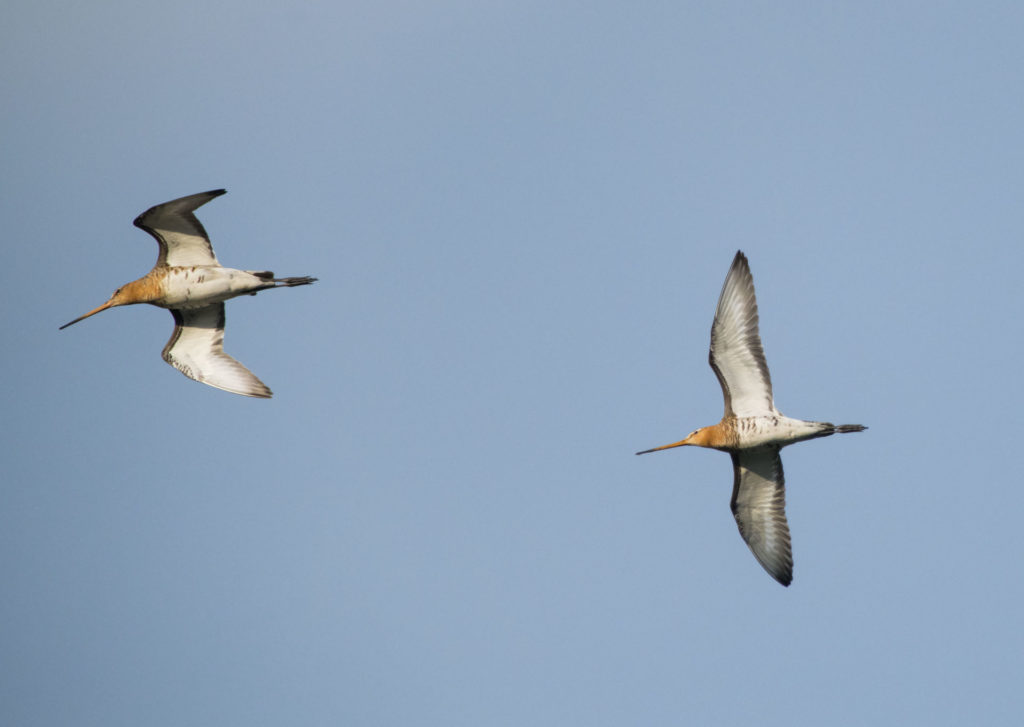
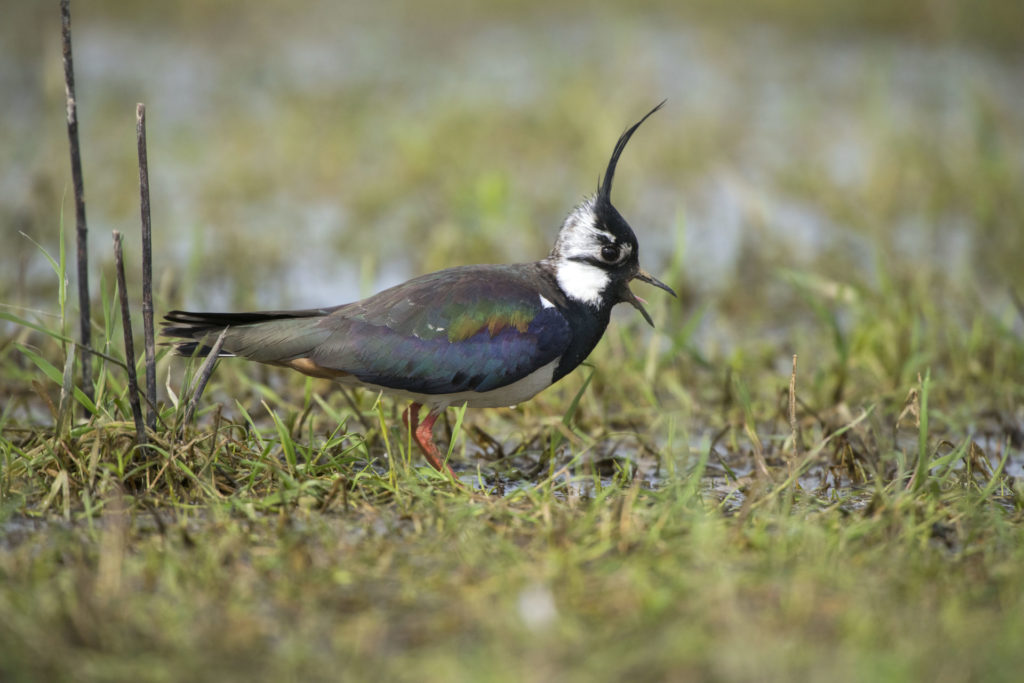

Infographics
